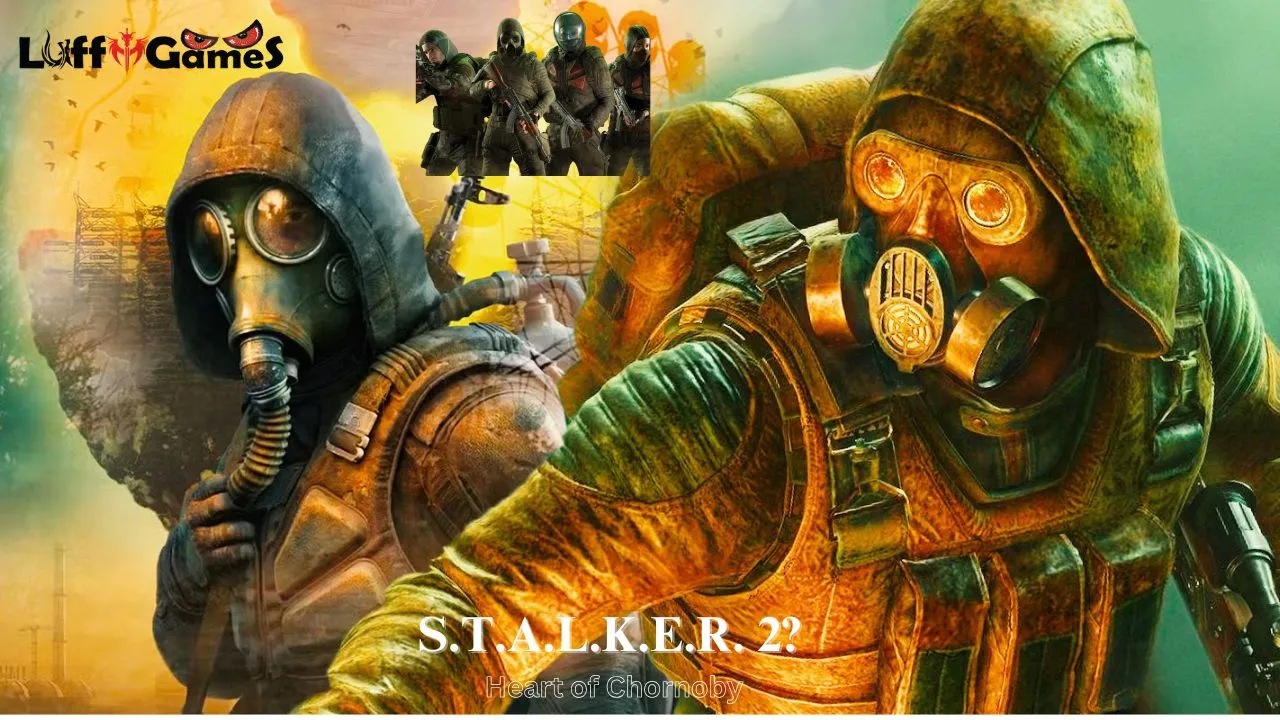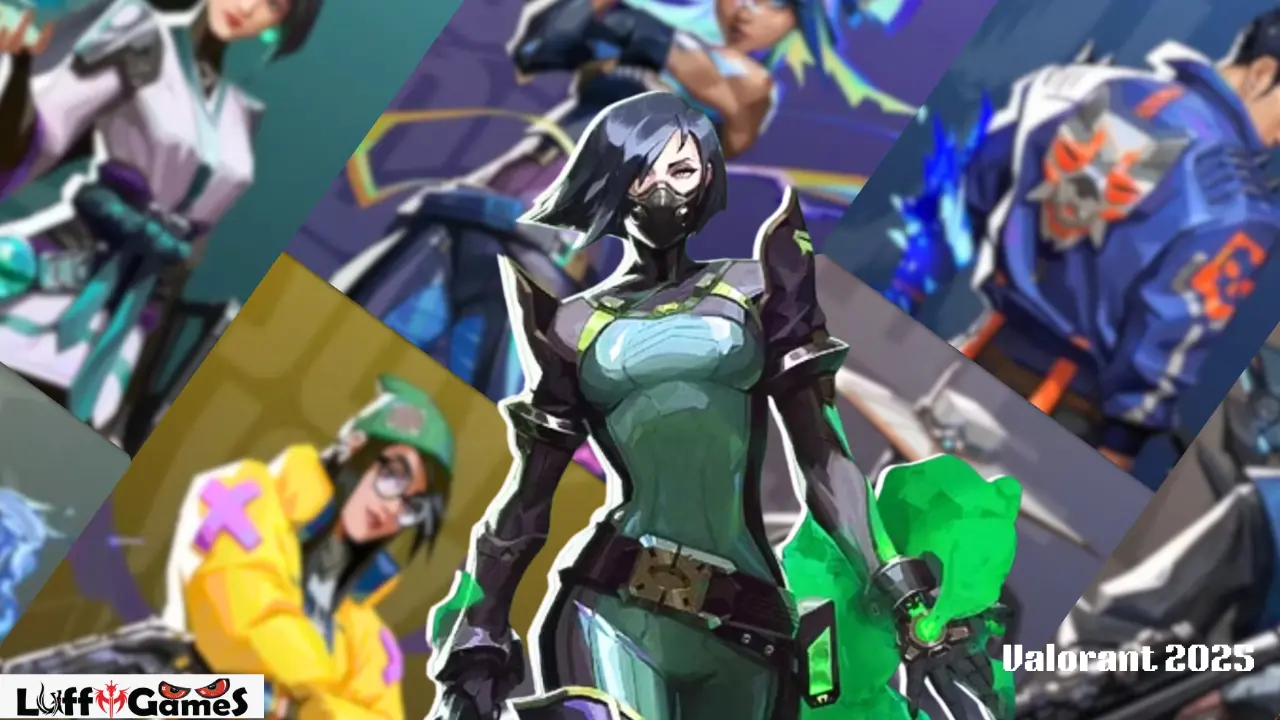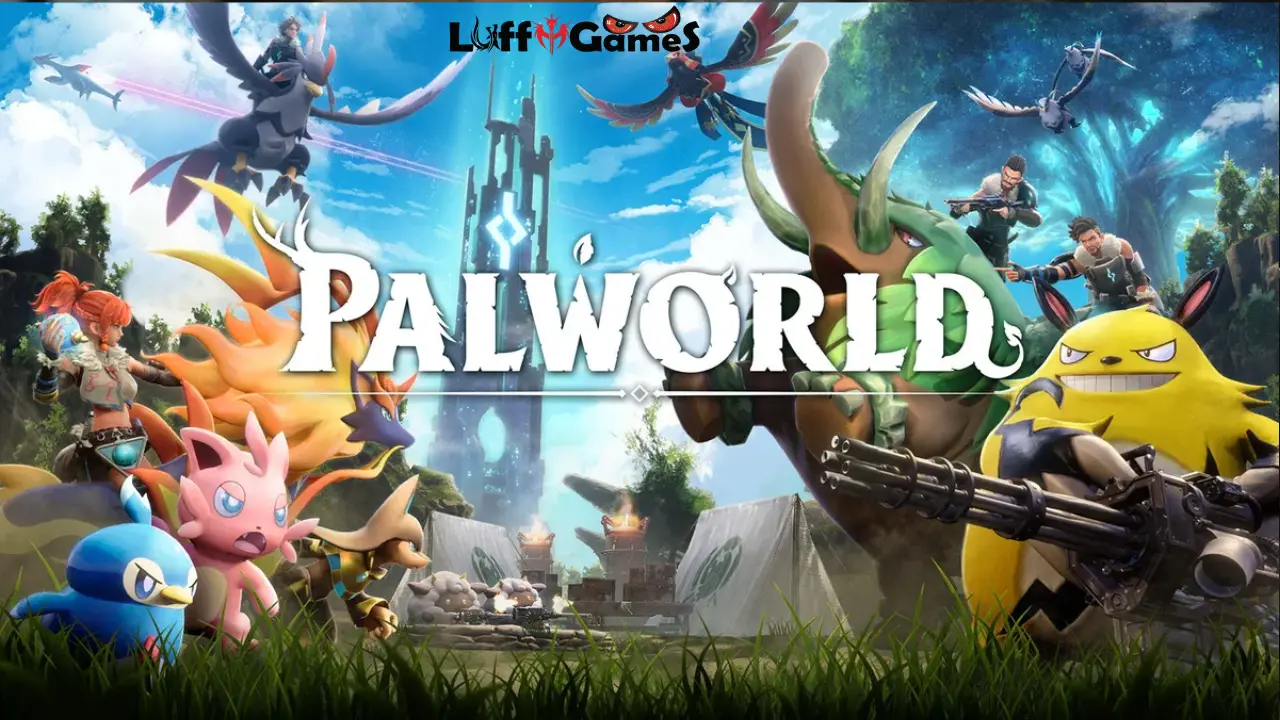Introduction to STALKER 2
Alright, let’s dive into the wild world of STALKER 2 Guide! This game is a post-apocalyptic first-person shooter that’s all about survival horror and immersive sim vibes, set right in the eerie Chornobyl Exclusion Zone. Developed by GSC Game World, it’s the sequel we’ve been waiting for after the original S.T.A.L.K.E.R. trilogy. You’ll get to explore an open world packed with unique weapons like Valik Lummox’s AKM-74S and the Unknown Stalker’s AR416, and trust me, you’ll want to get your hands on those best unique weapons early on, especially when you’re facing off against mutants and navigating through anomalies.
As you roam through places like Rostok and the chemical plant, keep an eye out for hidden stashes and loot—there’s nothing like finding a grenade launcher or some ammo when you least expect it! You’ll encounter NPCs with their own agendas, and factions that are always scheming. Plus, with the game’s focus on atmosphere and challenging combat, you’ll need to strategize how to use your machine guns, SMGs, and even those marksman rifles in close-quarters or long-range battles. Whether you’re diving into the lesser zone or crossing through the poppy field, S.T.A.L.K.E.R. 2 is shaping up to be an epic ride!
1 What is STALKER 2?
If you’re into intense gaming, then STALKER 2 is where it’s at! This first-person shooter combines survival horror with some sick immersive sim elements, all set in the post-apocalyptic Chornobyl Exclusion Zone. You’ll find yourself back to the slag heap scavenging for loot and trying to survive. The game is a sequel to the beloved S.T.A.L.K.E.R. trilogy and has an open world with a non-linear story. You’ll need to get familiar with the local NPC factions, mutants, and anomalies that are lurking around every corner!
When it comes to weapons, STALKER 2 has a ton of options to choose from! You can snag some of the best guns early on, like the rpm-74 or a sweet SMG, which are perfect for dealing with those pesky spitters. The silencer is a game-changer for sneaky plays, while unique variants like Shah’s mate and Mityay add some serious firepower to your arsenal. You’ll want weapons with a high rate of fire and solid base stats to take on the main quest. Plus, don’t forget about that underbarrel customization to make your loadout truly yours!
S.T.A.L.K.E.R. 2: Heart of Chornobyl – A New Era for the Stalker Franchise
Stalker 2 Review, Map, Updates, Mods & More: The Complete Guide
As you dive into the game, keep an eye on your main mission and explore areas like Zalissya and Zaton for the weapons you can get early. The game runs on Unreal Engine 5, making everything look stunning. Your journey in STALKER 2 is going to be epic, filled with adrenaline-pumping moments and the thrill of discovering some of the powerful weapons available. So gear up and get ready for one wild ride in this immersive world!
Why is STALKER 2 significant in the gaming community?
Alright, let’s talk about why STALKER 2 is such a big deal in the gaming community. First off, it’s the highly anticipated sequel to a beloved cult classic series that many gamers grew up with, especially the first STALKER which dropped us right into the eerie shadow of chernobyl. This game is all about that unique atmosphere and immersive gameplay that keeps you on your toes. You know, wandering through the cordon while trying to find an npc like mityay in zalissya or visiting a technician to get your gear fixed up. Plus, the focus on realism and survival means you gotta think smart about which weapons in the game to choose – whether you want that stalker 2 gun with a higher rate of fire or a gun with a scope for better accuracy and range.
Then there’s the whole customization options thing, which lets you tweak your loadout just the way you like it. Want to be the best at taking down spitters? There are submachine guns that can be best used for that! And don’t forget about those side missions like “honor among thieves” that add some juicy depth to the experience. If you’re looking to get early in stalker 2, you’ll want to hit up the railway maintenance facility northwest of the slag heap. It’s a goldmine for loot and a perfect spot to find the best stalker 2 weapons. So, whether you’re dodging mutants or trying to figure out where to return later to find that elusive korshunov, this game is shaping up to be a must-play for FPS fans.
What are the main themes of STALKER 2?
So, in STALKER 2’scoupon for your next meal. You might run into a spitter or two while exploring the entrance to the slag heap, which leads to some intense moments of decision-making.
Then there’s the whole deal with the consequences of a technological disaster, like how the factions are constantly fighting. You gotta choose your weapons to choose wisely, especially when you’re trying to take down a Pomor with an underbarrel grenade launcher. And don’t forget the moral ambiguity of the honor among thieves side mission—it’s not as clear-cut as it seems!
As you wander through the poppy field side and scout out that nearby water tower, the game really makes you think about humanity’s relationship with nature, and how messed up things can get. Plus, with all the factional conflict and political intrigue, you’re constantly faced with tough choices that really mess with your head.
Exploration and discovery are super crucial too, especially early-game when you’re just figuring out the lay of the land and trying to grab that unique smg before heading into battle. So buckle up, it’s gonna be a wild ride!
Weapons in STALKER 2
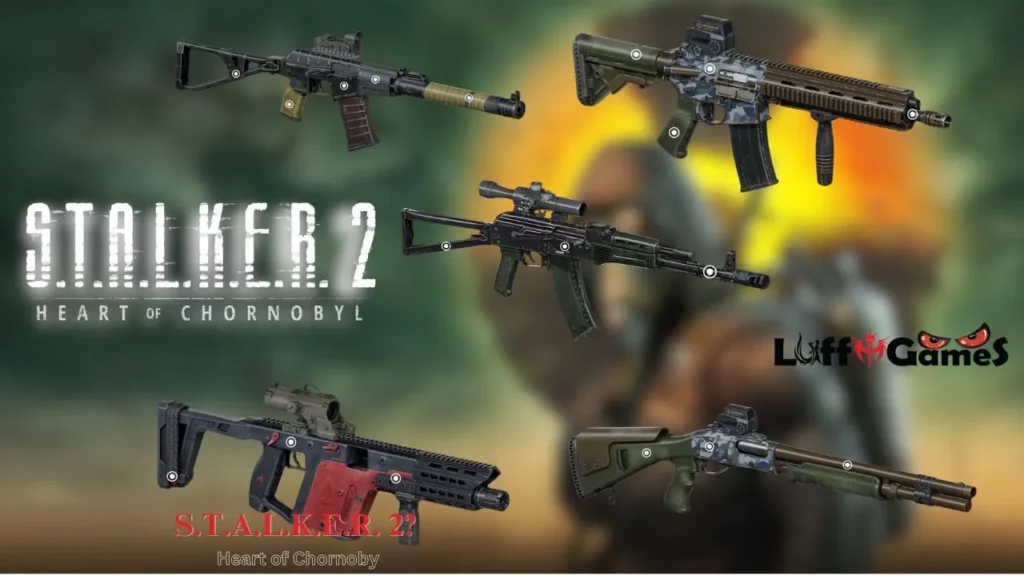
S.T.A.L.K.E.R. 2 retains the familiar inventory system from the original trilogy, expanding it with an extra weapon slot. Players can now carry two primary weapons alongside a dedicated sidearm. Weapon durability and jamming are back, requiring periodic maintenance from technicians. A new touch is the unique jamming animations for each firearm, realistically depicting malfunctions.
Beyond repairs, technicians offer equipment upgrades, providing specific enhancements like improved accuracy or reduced weight. The series’ signature, somewhat quirky modification descriptions also make a comeback.
Weapon attachments return, but a new quick-swap system allows for on-the-fly changes, supplementing the traditional inventory screen installation.
Ammunition handling has been overhauled. S.T.A.L.K.E.R. 2 introduces realistic round counting: a chambered round is now included in the total ammo count when swapping magazines. Previously, reload animations would eject a chambered round. The game also features various real-world ammunition types, going beyond the simple “regular” and “armor-piercing” options of past titles. However, a minor inconsistency arises when switching ammo types, as Skif doesn’t eject the chambered round, despite performing this action when swapping magazine types.
| Category | Weapon Name | Type | Caliber | Rate of Fire | Effective Range |
|---|---|---|---|---|---|
| Pistols | Heckler & Koch USP Tactical | Semi-Auto | .45 ACP | ~600 RPM | 50m |
| Makarov PM | Semi-Auto | 9×18mm Makarov | ~30 RPM | 50m | |
| Stechkin APB | Select-Fire | 9×18mm Makarov | ~700 RPM | 150m | |
| Submachine Guns | Heckler & Koch MP5A3 | Full-Auto | 9×19mm Parabellum | 800 RPM | 200m |
| KRISS Vector | Full-Auto | .45 ACP | 1200 RPM | 200m | |
| MAC-10 | Full-Auto | .45 ACP | 1090 RPM | 100m | |
| OTs-02 Kiparis | Full-Auto | 9×18mm Makarov | 850 RPM | 200m | |
| PP-19 Bizon-2 | Full-Auto | 9×19mm Parabellum | 700 RPM | 200m | |
| Shotguns | Franchi SPAS-12 | Pump/Semi | 12 Gauge | Varies | 50m |
| M26 Modular Accessory Shotgun System | Pump-Action | 12 Gauge | Varies | 50m | |
| Over and Under Shotgun | Break Action | 12 Gauge | Varies | 50m | |
| Remington 870 | Pump-Action | 12 Gauge | Varies | 50m | |
| Saiga-12K | Semi-Auto | 12 Gauge | 600 RPM | 100m | |
| Sawn-off Double Barreled Shotgun | Break Action | 12 Gauge | Varies | 30m | |
| Standard Manufacturing DP-12 | Pump-Action | 12 Gauge | Varies | 50m | |
| Rifles | AK-74M | Full-Auto | 5.45×39mm | 650 RPM | 500m |
| AKS-74U | Full-Auto | 5.45×39mm | 735 RPM | 300m | |
| AS Val | Full-Auto | 9×39mm | 900 RPM | 400m | |
| Heckler & Koch G36 | Full-Auto | 5.56×45mm NATO | 750 RPM | 600m | |
| Heckler & Koch HK416A5 | Full-Auto | 5.56×45mm NATO | 850 RPM | 600m | |
| Malyuk | Full-Auto | 5.45×39mm | 700 RPM | 500m | |
| IWI Carmel | Full-Auto | 5.56×45mm NATO | 700 RPM | 600m | |
| IWI Tavor SAR TSB16 | Full-Auto | 5.56×45mm NATO | 750 RPM | 500m | |
| M14 | Semi-Auto | 7.62×51mm NATO | ~700 RPM | 800m | |
| OTs-14-4A Groza | Full-Auto | 9×39mm | 700 RPM | 400m | |
| Sniper Rifles | Gauss Rifle | Energy-Based | N/A | Varies | 1000m+ |
| Remington 700 | Bolt-Action | .308 Winchester | N/A | 800m | |
| SVD | Semi-Auto | 7.62×54mmR | 620 RPM | 800m | |
| SVU | Semi-Auto | 7.62×54mmR | 650 RPM | 800m | |
| VSS Vintorez | Semi/Full-Auto | 9×39mm | 900 RPM | 400m | |
| Machine Guns | PKM | Full-Auto | 7.62×54mmR | 650 RPM | 1500m |
| Launchers | GP-25 | Grenade Launcher | 40mm | Single-Shot | 400m |
| GP-30 | Grenade Launcher | 40mm | Single-Shot | 400m | |
| RPG-7 | Rocket Launcher | 40-105mm | Single-Shot | 500m | |
| Grenades | F-1 | Fragmentation | N/A | N/A | 30m |
| RGD-5 | Fragmentation | N/A | N/A | 30m | |
| Smoke Grenade | Smoke | N/A | N/A | 30m | |
| Unusable | 9M113 | Anti-Tank Missile | 135mm | N/A | 4000m |
| AK-74 | Full-Auto | 5.45×39mm | 650 RPM | 500m | |
| KPVT | Heavy Machine Gun | 14.5×114mm | 600 RPM | 2000m | |
| NSVT | Heavy Machine Gun | 12.7×108mm | 700 RPM | 2000m | |
| PKMT | Machine Gun | 7.62×54mmR | 650 RPM | 1500m | |
| PPSh-41 | Full-Auto | 7.62×25mm Tokarev | 900 RPM | 200m | |
| RPD | Full-Auto | 7.62×39mm | 650 RPM | 800m | |
| RPK | Full-Auto | 7.62×39mm | 600 RPM | 800m | |
| Shipunov 2A42 | Autocannon | 30×165mm | 550 RPM | 4000m | |
| Yakushev-Borzov Yak-B | Gatling Gun | 12.7×108mm | 5000 RPM | 2000m |
What types of weapons are available in the game?
1. Pistols
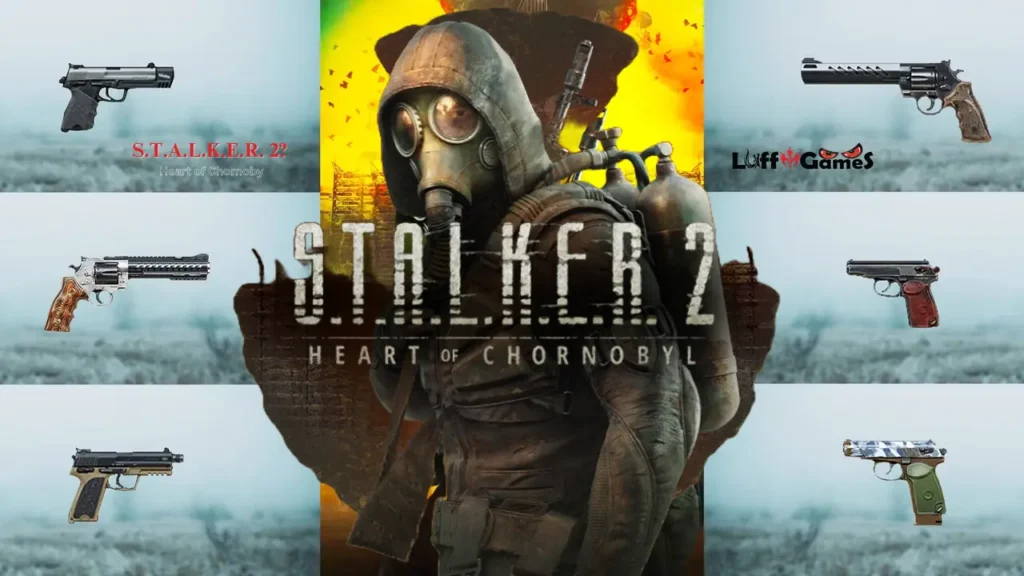
Pistols are compact, semi-automatic or fully automatic handguns designed for close-quarters combat, self-defense, and military use. They are easy to carry, quick to draw, and provide rapid follow-up shots. Modern pistols incorporate various features such as threaded barrels for suppressors, accessory rails for attachments, and ergonomic grips for better handling. Below are some notable pistol models and their characteristics.
Heckler & Koch USP Tactical
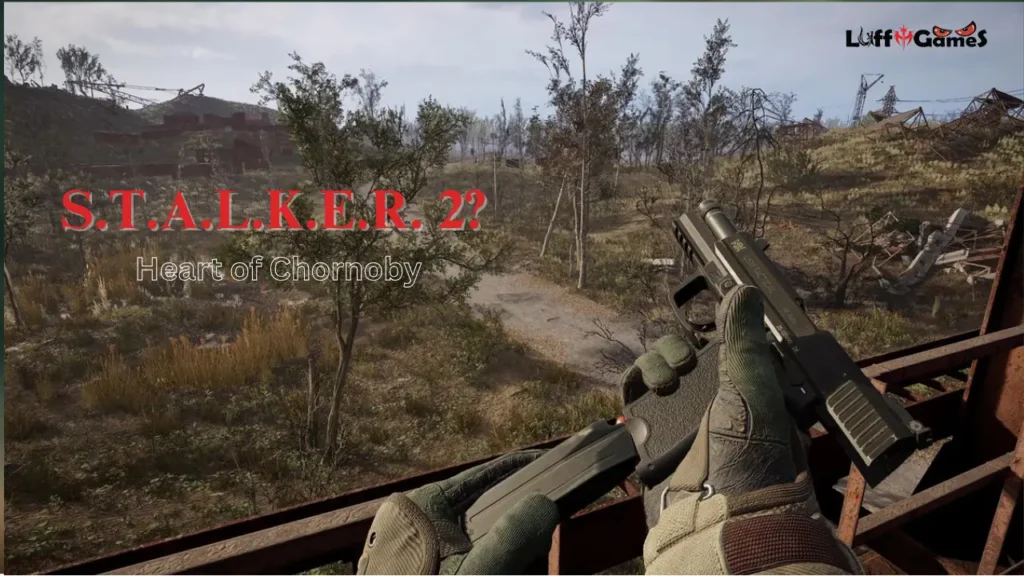
The Heckler & Koch USP Tactical is a precision-engineered semi-automatic pistol known for its reliability, durability, and modular features. Based on the original USP (Universal Self-loading Pistol), the Tactical variant incorporates an extended threaded barrel for suppressors, adjustable target sights, and an improved recoil reduction system. It is chambered in .45 ACP, offering powerful stopping power. The polymer frame makes it lightweight, while its ambidextrous safety lever ensures accessibility for both left- and right-handed shooters. Law enforcement, military, and civilian tactical shooters favor the USP Tactical due to its superior accuracy, customizable features, and robust build.
Makarov PM
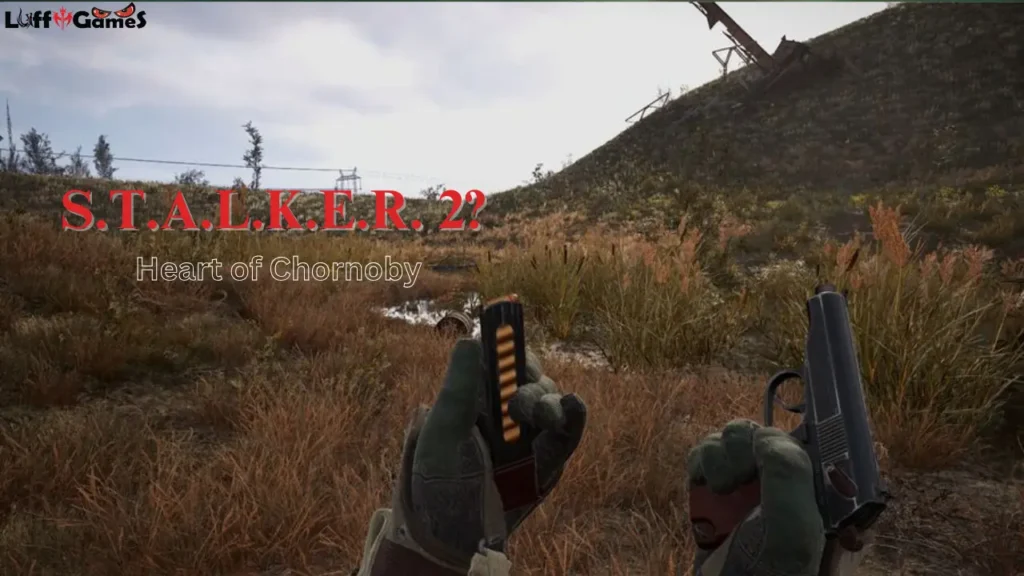
The Makarov PM (Pistolet Makarova) is a Soviet-designed, straight blowback semi-automatic pistol that gained popularity for its simplicity, reliability, and ease of maintenance. Introduced in 1951, it became the standard-issue sidearm for Soviet and Eastern Bloc military and law enforcement agencies. Chambered in 9x18mm Makarov, it delivers moderate stopping power while maintaining excellent control and accuracy. Its all-steel construction ensures durability, and its compact size makes it a practical concealed carry weapon. Despite its age, the Makarov PM remains in use today, valued for its rugged design, minimal recoil, and straightforward mechanics.
Stechkin APB
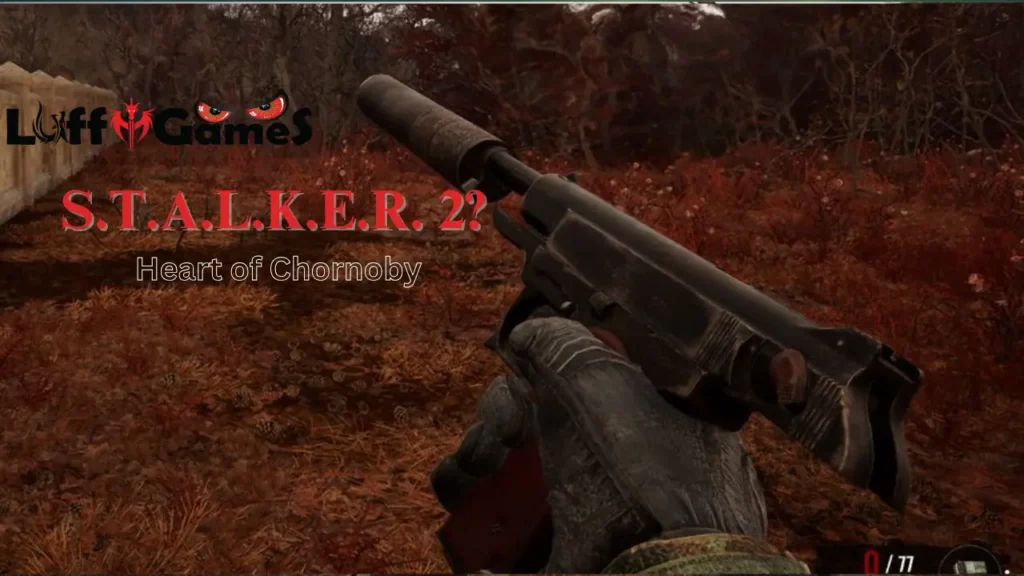
The Stechkin APB (Avtomaticheskiy Pistolet Stechkina) is a unique, select-fire machine pistol designed for Soviet military and special forces operations. Chambered in 9x18mm Makarov, it features a 30-round magazine and a detachable wooden or wire stock, allowing improved stability during automatic fire. The APB version includes an integral suppressor, making it ideal for covert operations and special missions. Unlike standard pistols, the Stechkin APB can fire in fully automatic mode, making it more comparable to a compact submachine gun. However, due to its high rate of fire and recoil, it requires skilled handling. Today, it is still used by specialized military units for silent operations and close-quarters engagements.
Submachine Guns
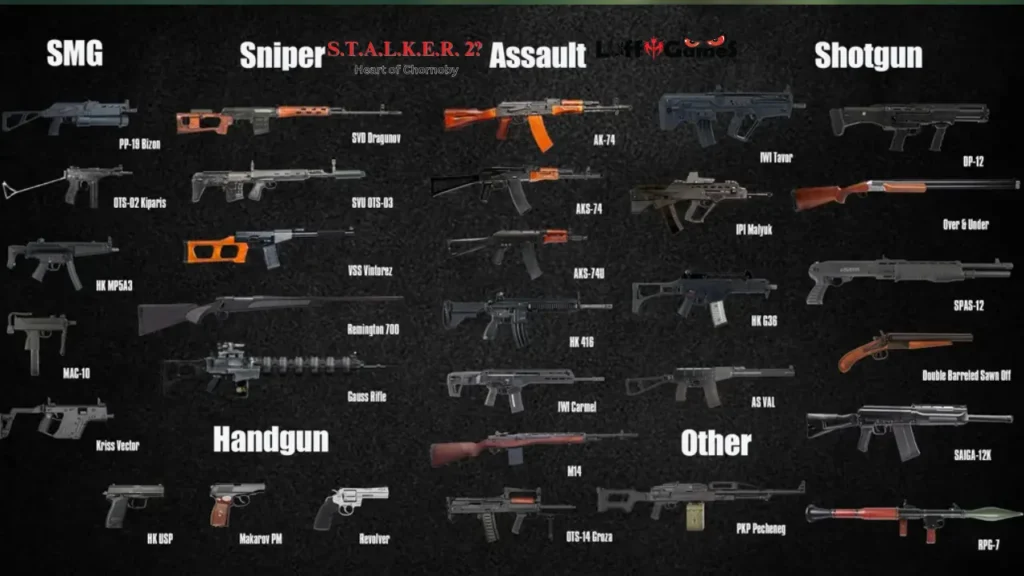
Submachine guns (SMGs) are compact, automatic or selective-fire firearms that bridge the gap between pistols and rifles. Designed for close-quarters combat (CQC), they offer rapid fire, maneuverability, and high-capacity magazines, making them ideal for military, law enforcement, and special operations. These firearms are often chambered in pistol calibers, ensuring controllability in automatic fire. Below are some of the most notable submachine guns.
Heckler & Koch MP5A3
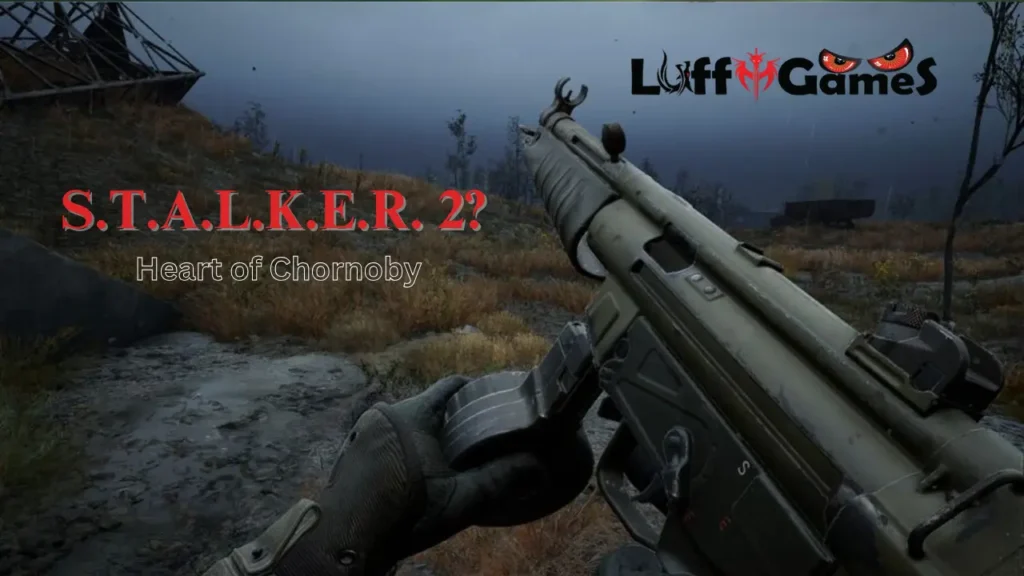
The Heckler & Koch MP5A3 is one of the most iconic submachine guns ever developed. Introduced in 1966, it remains widely used by military and law enforcement agencies worldwide. Chambered in 9×19mm Parabellum, the MP5A3 features a roller-delayed blowback system, ensuring smooth operation and reduced recoil. The A3 variant comes with a collapsible stock, enhancing portability and adaptability in different combat scenarios. Known for its high accuracy, exceptional reliability, and modularity, the MP5A3 supports suppressors, foregrips, and optical sights. Special forces units, such as the SAS and Navy SEALs, have used the MP5A3 in numerous operations due to its superior performance in close-quarters engagements.
KRISS Vector
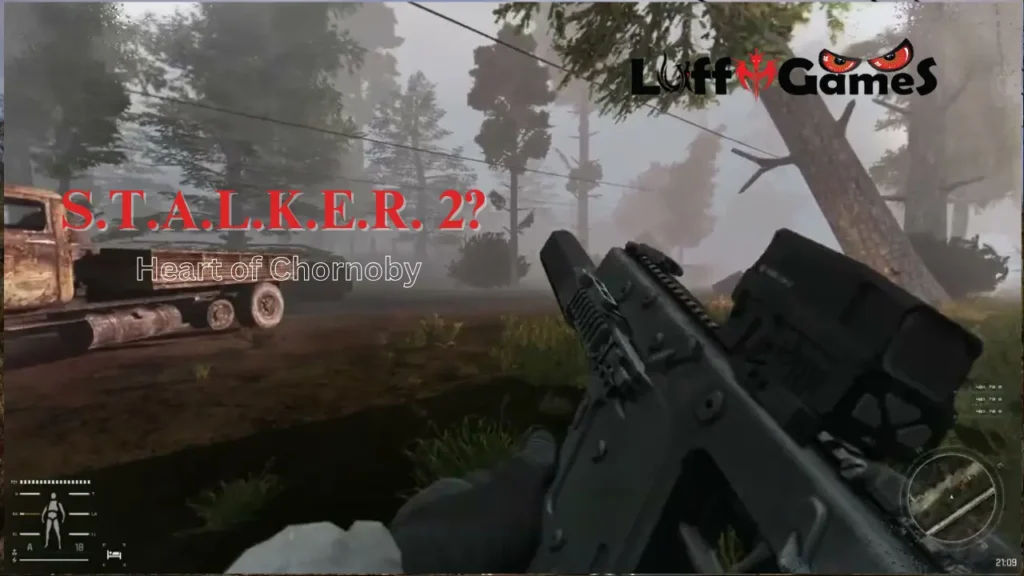
The KRISS Vector is a modern, high-tech submachine gun designed for low recoil and rapid fire. Introduced in 2006, it utilizes the Super V Recoil Mitigation System, which redirects recoil forces downward, significantly reducing muzzle rise and improving control during automatic fire. The Vector is available in multiple calibers, including .45 ACP and 9×19mm, with a high rate of fire (1,200 RPM in some variants). Its polymer construction keeps it lightweight, while the modular rail system allows easy customization with optics, suppressors, and foregrips. Law enforcement, military, and civilian shooters favor the KRISS Vector for its futuristic design, low recoil, and versatility in various combat situations.
MAC-10
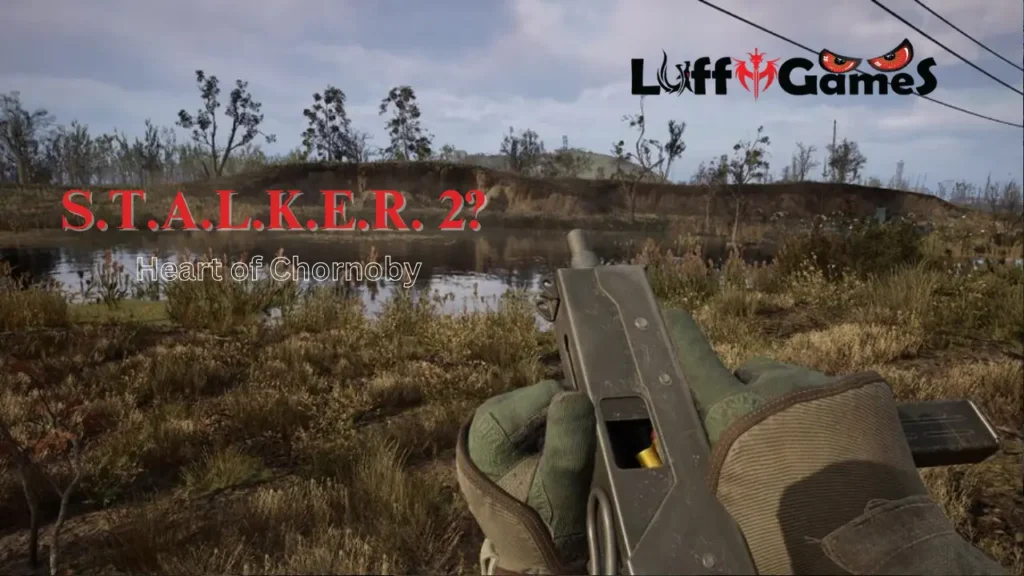
The MAC-10 (Military Armament Corporation Model 10) is a compact, open-bolt submachine gun designed for high-rate automatic fire. Developed in the 1960s, it is chambered in .45 ACP or 9×19mm, capable of firing at an astonishing 1,100–1,200 rounds per minute. Its small size makes it easy to conceal, while the suppressor attachment can significantly reduce both muzzle flash and noise. However, the MAC-10 is often criticized for its poor accuracy, high recoil, and limited effective range, making it more suitable for close-range engagements and ambush scenarios. Despite its shortcomings, the MAC-10 has been featured in numerous military conflicts, covert operations, and pop culture due to its high firepower in a compact frame.
OTs-02 Kiparis
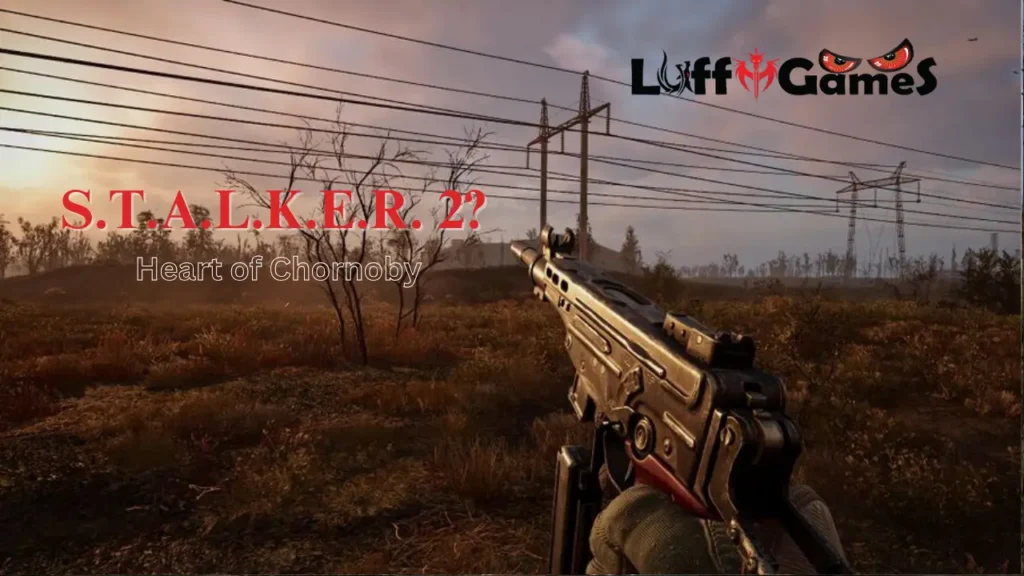
The OTs-02 Kiparis is a Soviet-designed compact submachine gun, primarily used by law enforcement and security forces. Chambered in 9×18mm Makarov, it features a blowback action and a high rate of fire, making it effective in urban environments and close-range confrontations. The Kiparis has a foldable stock, which improves stability when extended, while its 20- or 30-round magazine offers ample firepower. Although not as famous as Western SMGs, the Kiparis is valued for its lightweight design, simplicity, and reliability in counter-terrorism and police operations.
PP-19 Bizon-2
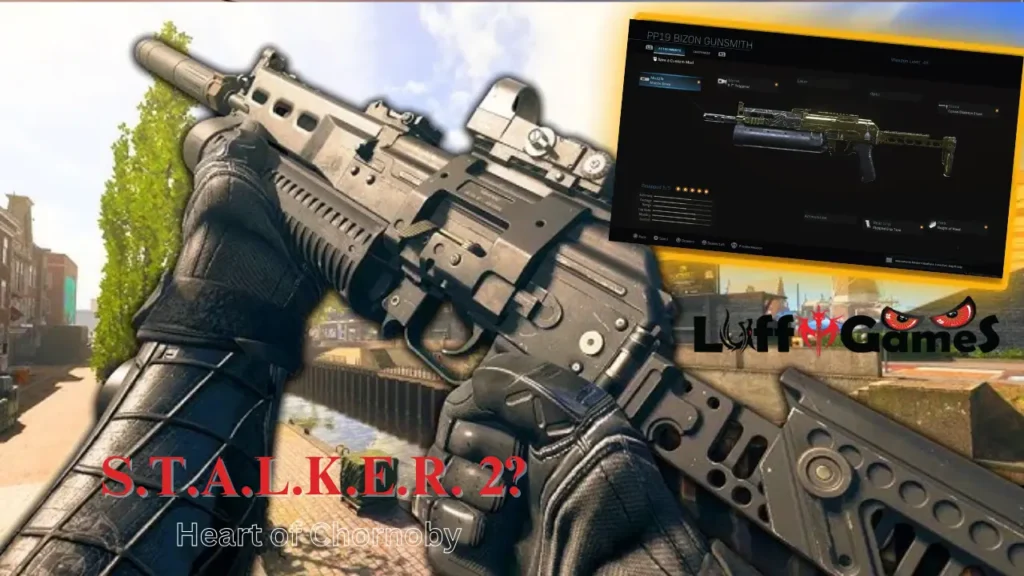
The PP-19 Bizon-2 is a Russian submachine gun known for its helical drum magazine, which can hold up to 64 rounds of 9×19mm or 9×18mm ammunition. Developed in the 1990s, it was designed for special forces and anti-terror units, offering high capacity, rapid fire, and compact ergonomics. The Bizon-2 is based on the AK platform, incorporating a folding stock, simple blowback operation, and lightweight polymer construction. Its unique magazine design provides better weight distribution, improving balance during firing. Special units such as FSB and Spetsnaz utilize the PP-19 Bizon-2 for counter-terrorism and high-risk urban operations due to its high-capacity magazine and rapid-fire capability.
Shotguns
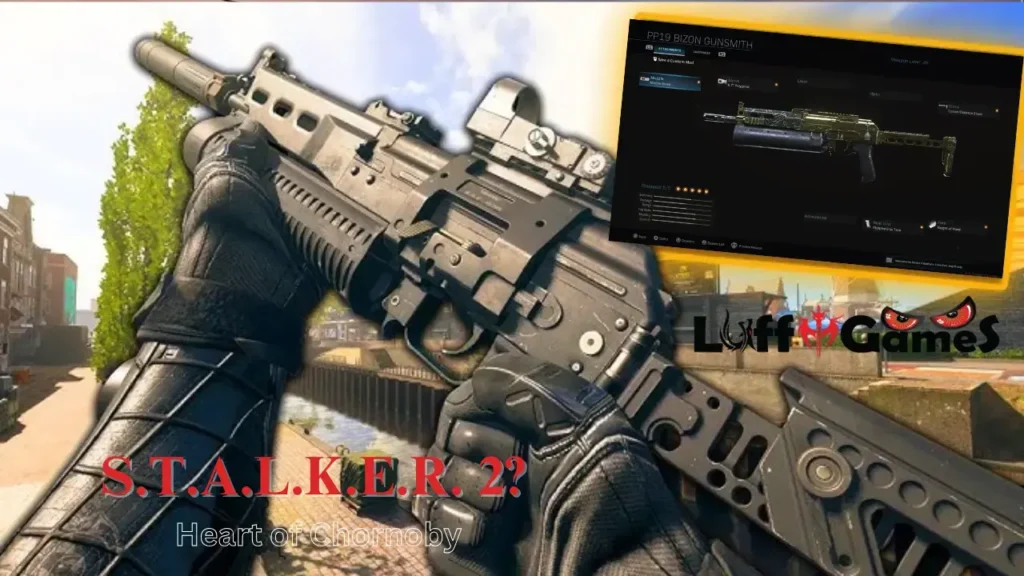
Shotguns are versatile firearms designed for close-quarters combat, hunting, and tactical operations. They are distinguished by their ability to fire shot shells, which release multiple projectiles upon firing, making them highly effective in short-range engagements. Many shotguns feature pump-action, semi-automatic, or break-action mechanisms, allowing different levels of firepower and reliability. Below are some of the most notable shotgun models and their characteristics.
Franchi SPAS-12

The Franchi SPAS-12 is an iconic Italian combat shotgun known for its dual-action system, allowing the shooter to switch between semi-automatic and pump-action modes. Designed in the late 1970s, it was intended for military, police, and special forces use. Chambered in 12-gauge, the SPAS-12 is highly versatile, capable of firing slugs, buckshot, and specialty rounds. Its folding stock, integrated heat shield, and ergonomic grip make it a formidable tactical weapon. Though discontinued in 2000, the SPAS-12 remains popular in pop culture, video games, and movies, symbolizing high-powered combat shotguns.
M26 Modular Accessory Shotgun System (MASS)
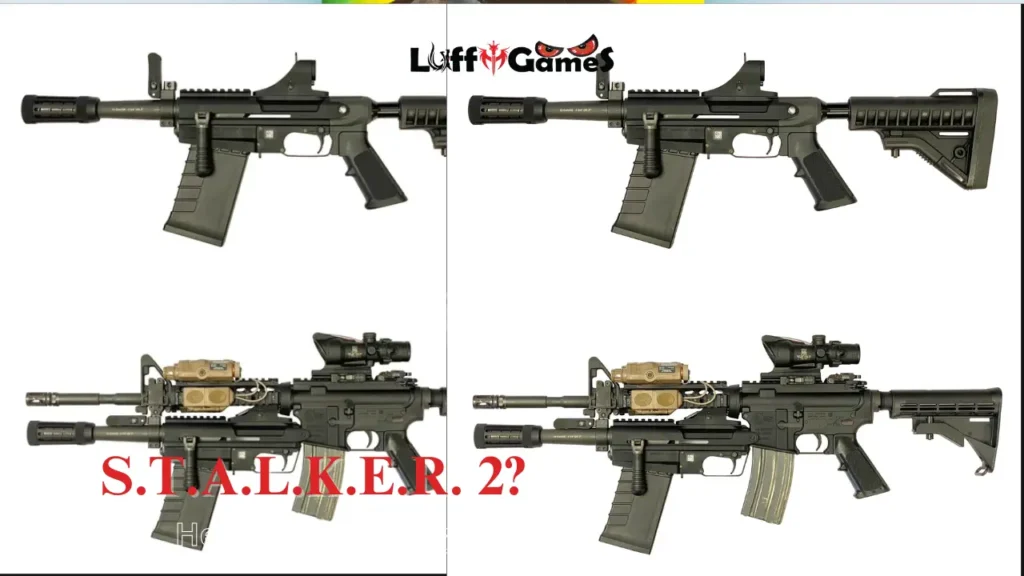
The M26 MASS (Modular Accessory Shotgun System) is a lightweight, magazine-fed 12-gauge shotgun designed as an under-barrel attachment for rifles or as a standalone weapon. Developed for the U.S. military, it provides soldiers with an additional breaching tool for door entry or a backup shotgun for close-quarters combat. The M26 features a bolt-action system, a 5-round detachable magazine, and a compact design, making it highly maneuverable. Its integration with M4 and M16 rifles allows operators to switch seamlessly between rifle and shotgun fire, enhancing their combat effectiveness.
Over and Under Shotgun

An Over and Under Shotgun is a double-barrel shotgun where the barrels are stacked vertically. Commonly used in sport shooting, hunting, and competitive clay pigeon shooting, these shotguns offer exceptional accuracy, balance, and reliability. Over-and-under shotguns typically feature single or double triggers, break-action loading, and chokes for pattern control. Their sleek design, fine craftsmanship, and precision make them a favorite among professional hunters and sports shooters. Popular manufacturers include Beretta, Browning, and Perazzi.
Remington 870
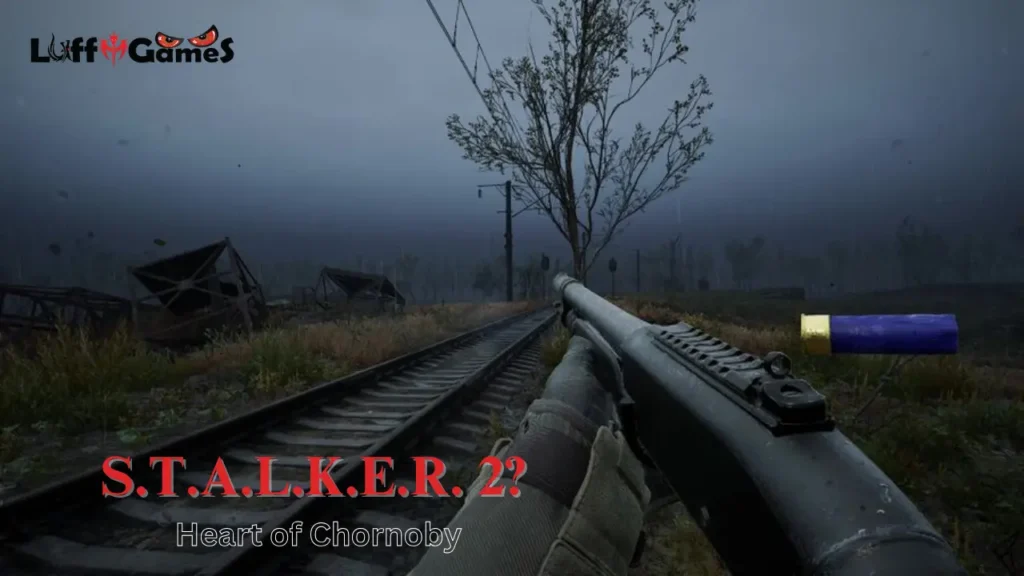
The Remington 870 is one of the most widely used pump-action shotguns in history, praised for its rugged design, smooth action, and affordability. Introduced in 1950, it remains a staple among military, police, hunters, and home defenders. Chambered in 12-gauge, 16-gauge, and 20-gauge, it features a steel receiver, tubular magazine, and wooden or polymer stock. Its pump-action reliability ensures that it functions effectively even in harsh conditions. The 870 Police Magnum variant is commonly used by law enforcement, while the 870 Express serves civilian and sporting purposes.
Saiga-12K
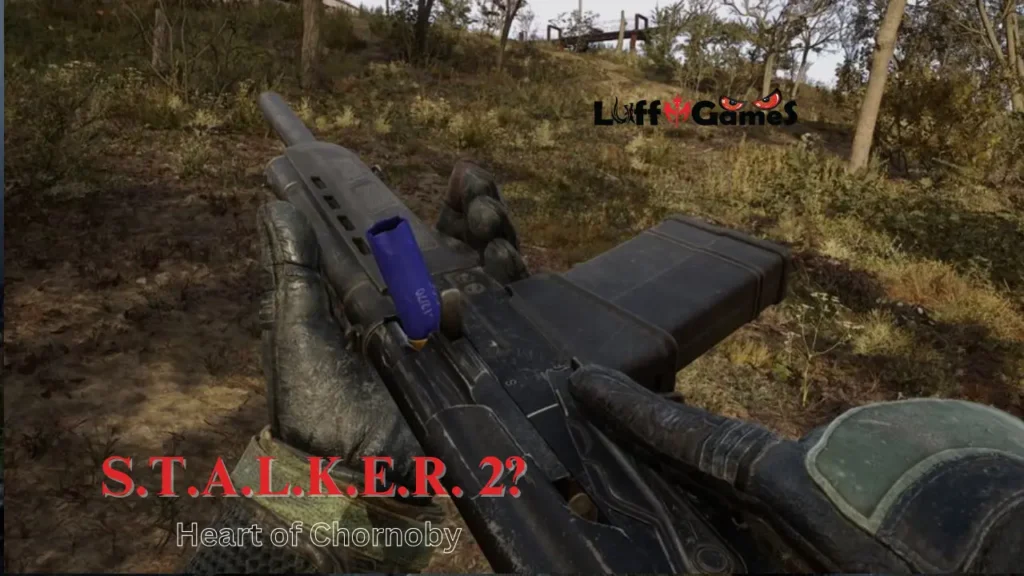
The Saiga-12K is a Russian semi-automatic shotgun based on the AK platform, providing high-capacity, rapid-fire capability. Chambered in 12-gauge, it accepts box and drum magazines, making it an excellent choice for tactical, military, and competition shooting. The Saiga-12K features a folding stock, Picatinny rails for optics, and robust polymer construction, ensuring durability in extreme environments. Russian special forces and security units favor the Saiga-12K for urban warfare, riot control, and breaching operations. Its AK-style controls and rugged build make it highly adaptable to various combat scenarios.
Sawn-off Double Barreled Shotgun

A Sawn-off Double Barreled Shotgun is a modified shotgun with a shortened barrel and stock, making it highly concealable and devastating at close range. This modification increases spread but reduces accuracy and range. Typically chambered in 12-gauge or 20-gauge, it is often associated with gangsters, law enforcement, and home defense due to its compact nature. While effective for close-quarters combat and breaching, sawn-off shotguns are heavily restricted in many countries due to their potential misuse. However, in controlled environments, they are a powerful and intimidating firearm.
Standard Manufacturing DP-12

The Standard Manufacturing DP-12 is a revolutionary double-barrel, pump-action shotgun designed for maximum firepower and reliability. Unlike traditional shotguns, the DP-12 features two barrels, two magazines, and a single trigger, allowing the shooter to fire two rounds per pump cycle. Chambered in 12-gauge, it holds 16 rounds (14 in the tube, 2 in the chamber), making it one of the highest-capacity shotguns available. The bullpup design keeps it compact while maintaining full-length barrels for accuracy. The DP-12 is highly favored for home defense, tactical use, and high-capacity shooting scenarios.
Rifles
Rifles are precision firearms designed for long-range accuracy and high-velocity projectiles. Used extensively by military forces, law enforcement, hunters, and sport shooters, rifles come in various designs, such as bolt-action, semi-automatic, and fully automatic. Below is a detailed exploration of some of the most notable rifle models and their features.
AK-74M

The AK-74M is a modernized version of the AK-74, introduced by the Soviet Union in the late 20th century. Chambered in 5.45×39mm, it offers improved accuracy, reduced recoil, and enhanced reliability compared to its predecessors. The AK-74M features polymer furniture, a folding stock, and a universal side rail for mounting optics. Its design emphasizes durability, making it suitable for harsh combat conditions. Widely used by Russian armed forces, the AK-74M serves as a reliable, versatile platform for both close-quarters combat and mid-range engagements.
AKS-74U
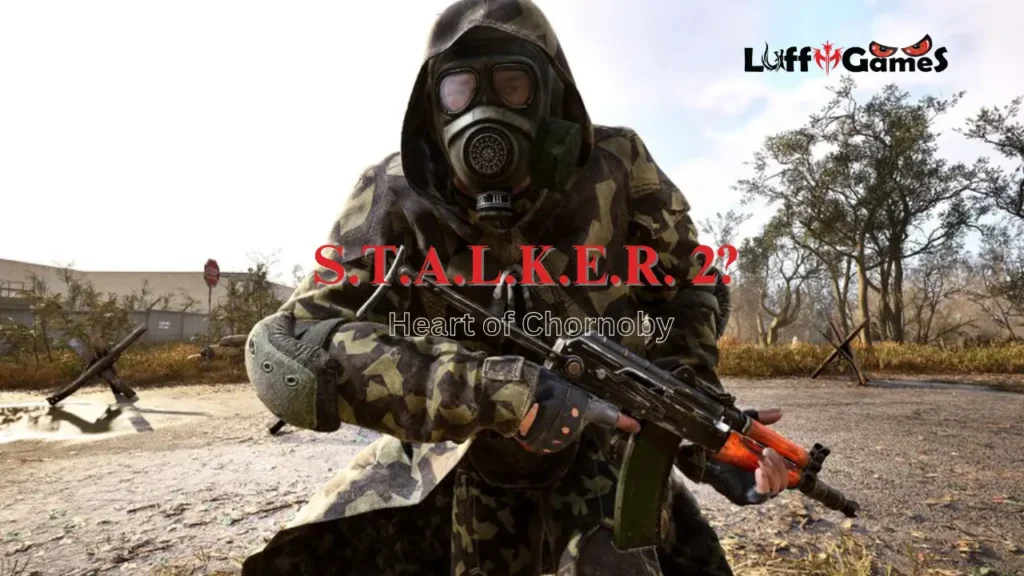
The AKS-74U is a compact variant of the AK-74, designed for paratroopers, vehicle crews, and special forces. Often referred to as a submachine gun due to its compact size, it retains the 5.45×39mm cartridge, ensuring high penetration power. The rifle features a shortened barrel, folding stock, and reduced weight, making it ideal for urban warfare and close-quarters combat. Its muzzle booster helps maintain recoil control despite its compact size. The AKS-74U is also popular in law enforcement for its portability and effectiveness in tight spaces.
AS Val
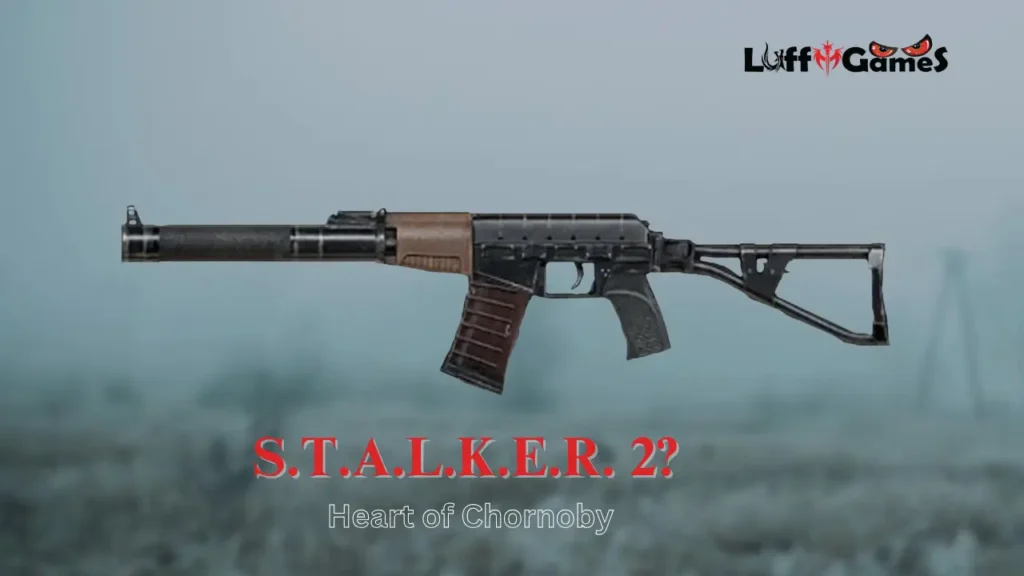
The AS Val is a silenced assault rifle designed for special forces and covert operations. Chambered in 9×39mm, it excels in stealth and suppressed firepower, making it ideal for close-range combat and reconnaissance missions. The rifle features an integrated suppressor, a folding stock, and compatibility with subsonic ammunition, ensuring minimal noise and flash during firing. Used by Russian Spetsnaz units, the AS Val is a versatile weapon for ambushes, infiltration, and nighttime operations.
Heckler & Koch G36
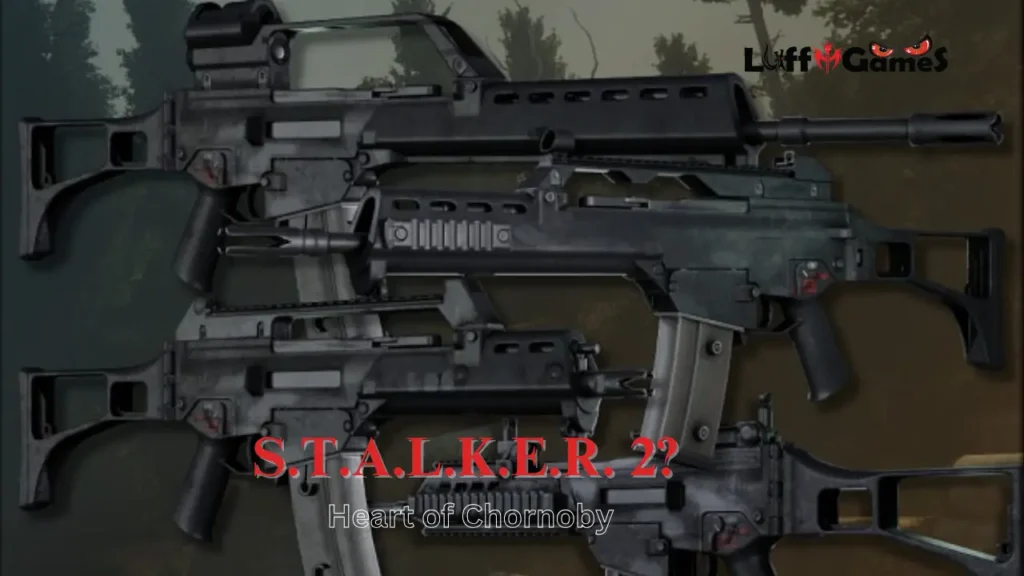
The Heckler & Koch G36 is a lightweight, modular assault rifle developed by Germany in the mid-1990s. Chambered in 5.56×45mm NATO, the G36 is known for its polymer construction, integrated optics, and excellent reliability. It features a folding stock, ambidextrous controls, and a modular design that allows easy customization. The G36 is widely used by militaries and law enforcement agencies worldwide, appreciated for its accuracy, low recoil, and adaptability in various combat scenarios.
Heckler & Koch HK416A5
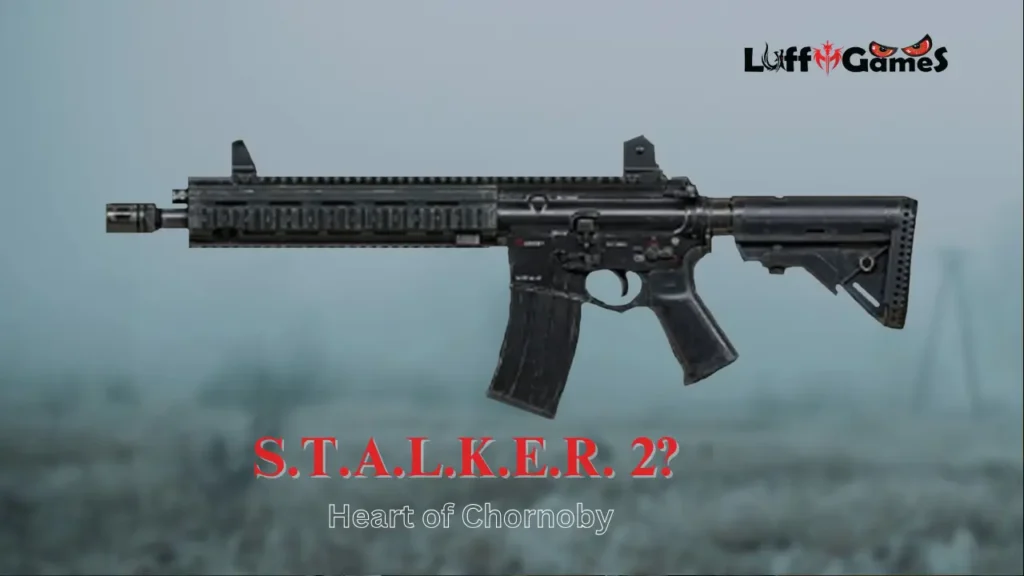
The HK416A5 is an advanced version of the HK416, designed for elite military units and special forces. Chambered in 5.56×45mm NATO, it features a gas-piston operating system for improved reliability and reduced fouling. The rifle includes ambidextrous controls, a free-floating barrel, and Picatinny rails for accessories. The HK416A5 is renowned for its accuracy, durability, and modularity, making it a favorite among NATO forces and elite operators. Its performance in harsh environments and adaptability for various missions sets it apart from traditional rifles.
Malyuk
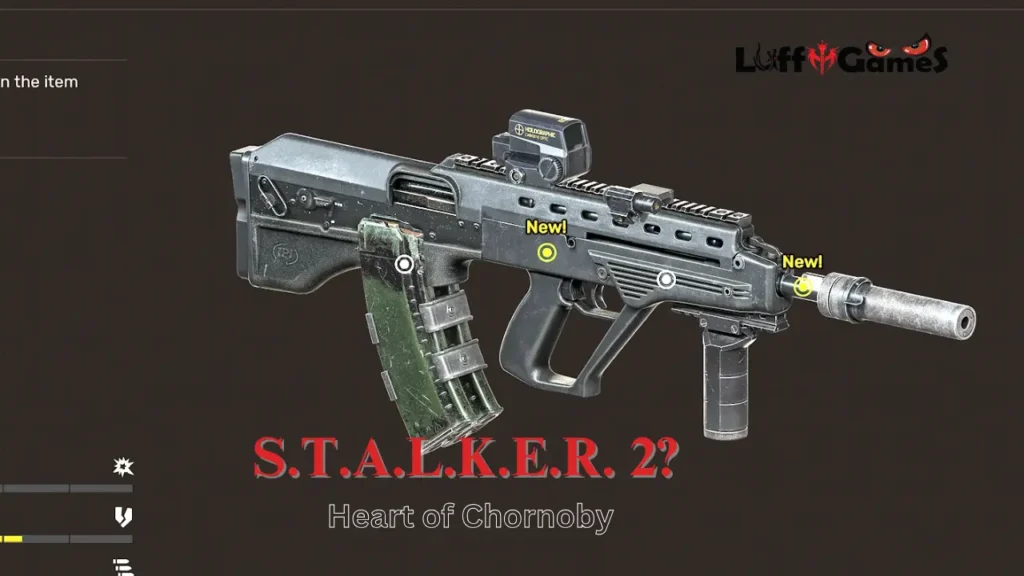
The Malyuk, also known as the “Vepr”, is a Ukrainian bullpup assault rifle chambered in 5.45×39mm or 7.62×39mm, depending on the variant. The bullpup configuration makes it compact and maneuverable while maintaining a full-length barrel for accuracy. The rifle features a polymer body, Picatinny rails, and a suppressor-compatible design, making it suitable for modern warfare and urban combat. The Malyuk is highly valued for its ergonomic design, reliability, and ease of use in confined spaces.
IWI Carmel
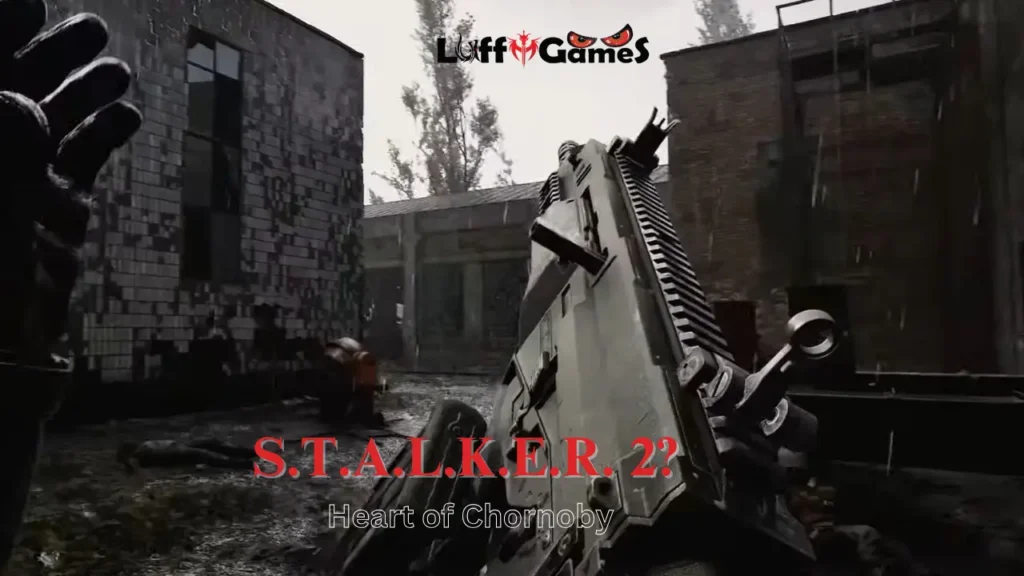
The IWI Carmel is an Israeli modular assault rifle designed for tactical versatility and combat effectiveness. Chambered in 5.56×45mm NATO, it features a short-stroke gas piston system, a monolithic upper receiver, and ambi-controls for left- and right-handed users. The Carmel is built to excel in extreme environmental conditions, offering high accuracy and durability. Its quick-change barrel system allows customization for various missions, making it a preferred choice for special forces and modern infantry units.
IWI Tavor SAR TSB16
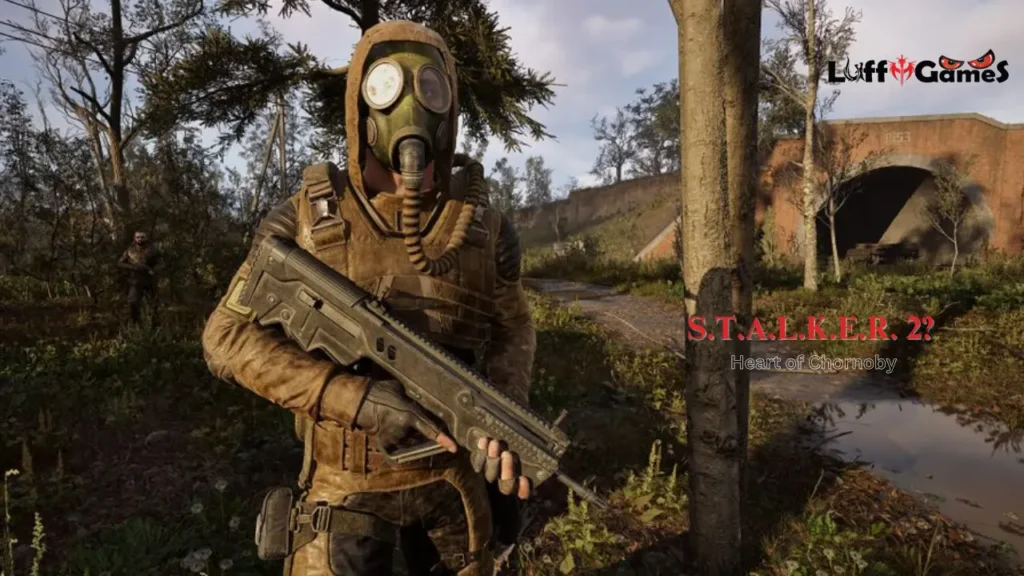
The IWI Tavor SAR TSB16 is a bullpup rifle known for its compact design and combat efficiency. Chambered in 5.56×45mm NATO, it features a full-length barrel in a compact frame, ensuring excellent accuracy and mobility. The Tavor SAR includes integrated optics mounting points, ambidextrous controls, and robust construction, making it a favorite among militaries and tactical units worldwide. Its centered weight distribution and ergonomic design enhance its usability in urban and confined environments.
M14
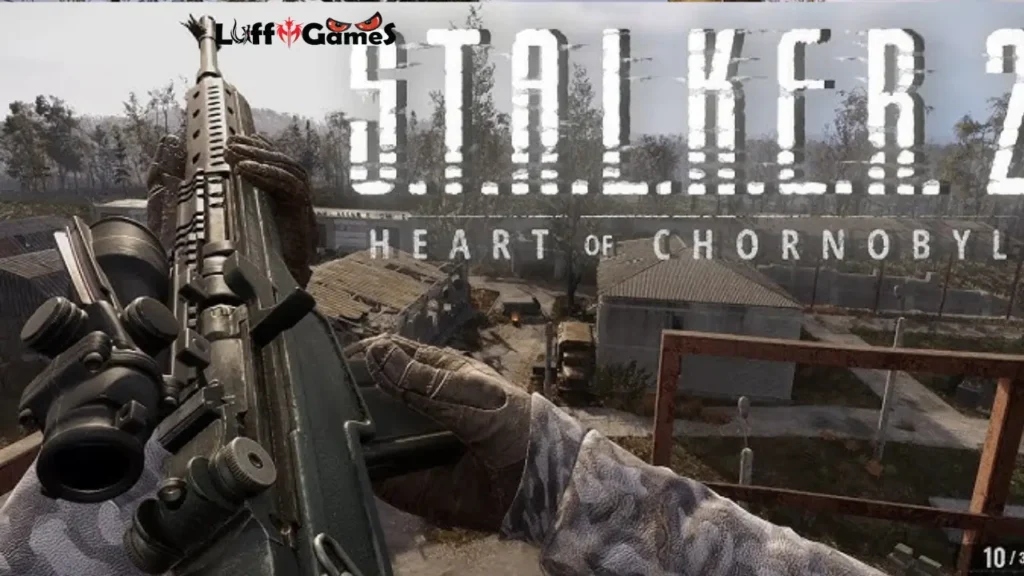
The M14 is a semi-automatic battle rifle developed in the 1950s, chambered in 7.62×51mm NATO. It served as the primary U.S. military rifle during the early stages of the Vietnam War, offering long-range accuracy and high stopping power. The M14 features a wooden or fiberglass stock, detachable magazine, and reliable gas-operated mechanism. Despite being replaced by modern assault rifles, the M14 remains in service as a marksman rifle and is favored for its precision and robust construction in rugged terrains.
OTs-14-4A Groza
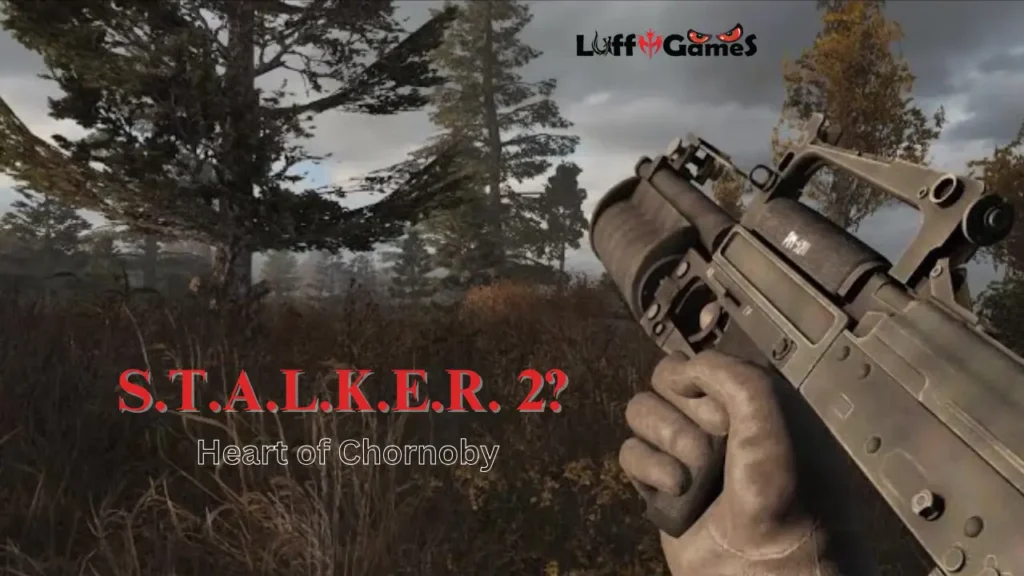
The OTs-14-4A Groza is a Russian bullpup assault rifle chambered in 7.62×39mm or 9×39mm, designed for special operations and urban combat. Its bullpup configuration offers compactness without sacrificing barrel length, making it ideal for close-quarters engagements. The Groza includes an integrated suppressor, grenade launcher compatibility, and ergonomic controls, making it versatile and adaptable. It is widely used by Russian Spetsnaz units for stealth missions and high-impact operations.
Sniper Rifles
Sniper rifles are long-range precision firearms designed for high accuracy, stealth, and power. Used extensively by military marksmen, special forces, and law enforcement sharpshooters, sniper rifles play a critical role in tactical engagements and long-distance warfare. These rifles are engineered for stability, ballistic efficiency, and superior optics compatibility, ensuring precise target engagement from extended ranges. Below is a detailed look at some of the most notable sniper rifles.
Gauss Rifle
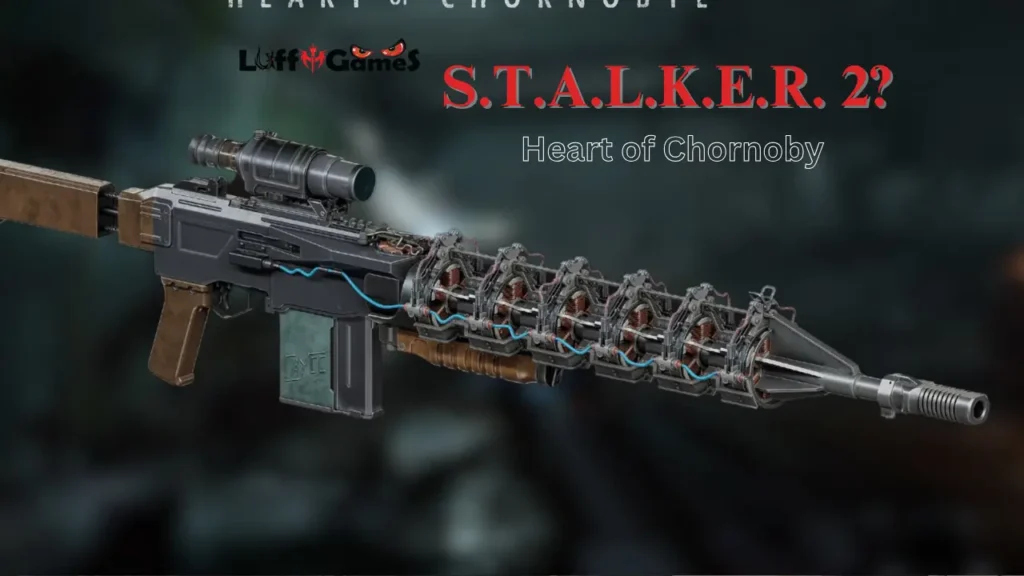
The Gauss Rifle is a futuristic electromagnetic weapon that propels projectiles using magnetic acceleration instead of traditional gunpowder. Though primarily found in science fiction and experimental weaponry, the concept behind Gauss technology is based on real-life coilgun physics. A Gauss Rifle is expected to deliver high-velocity, armor-piercing rounds with minimal recoil, making it theoretically superior to conventional firearms. If developed, such a rifle would revolutionize modern sniper warfare by providing incredible range, stealth (due to no gunpowder flash or sound), and unparalleled penetration capabilities.
Remington 700
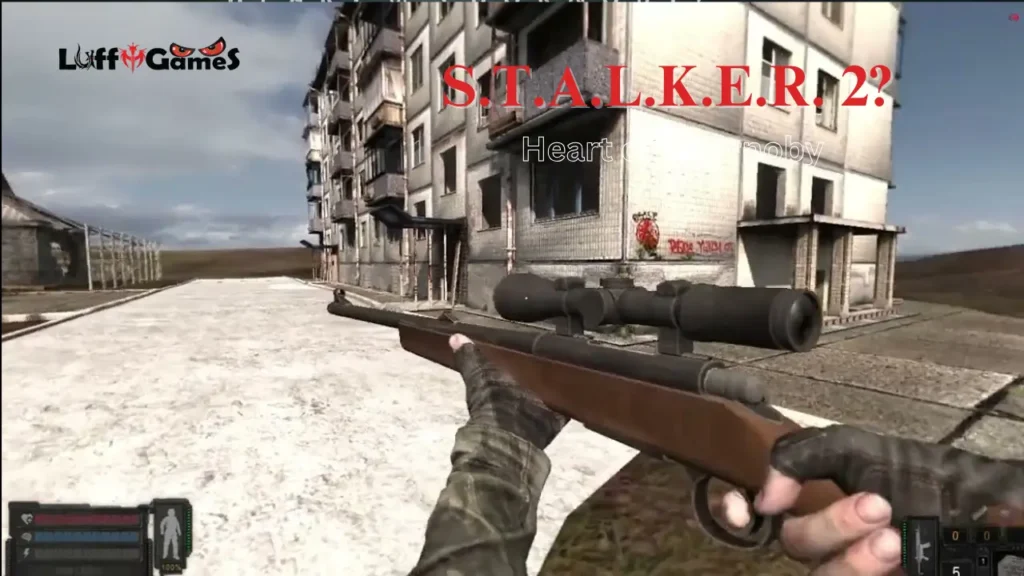
The Remington 700 is one of the most popular and reliable bolt-action sniper rifles in history. Chambered in .308 Winchester, .300 Winchester Magnum, and other precision calibers, it is widely used by military snipers, police marksmen, and civilian long-range shooters. The rifle’s smooth bolt-action mechanism, exceptional accuracy, and modularity make it an outstanding platform for customization. The M24 Sniper Weapon System, used by the U.S. Army, is based on the Remington 700, further cementing its legacy as a top-tier precision rifle.
SVD (Dragunov Sniper Rifle)
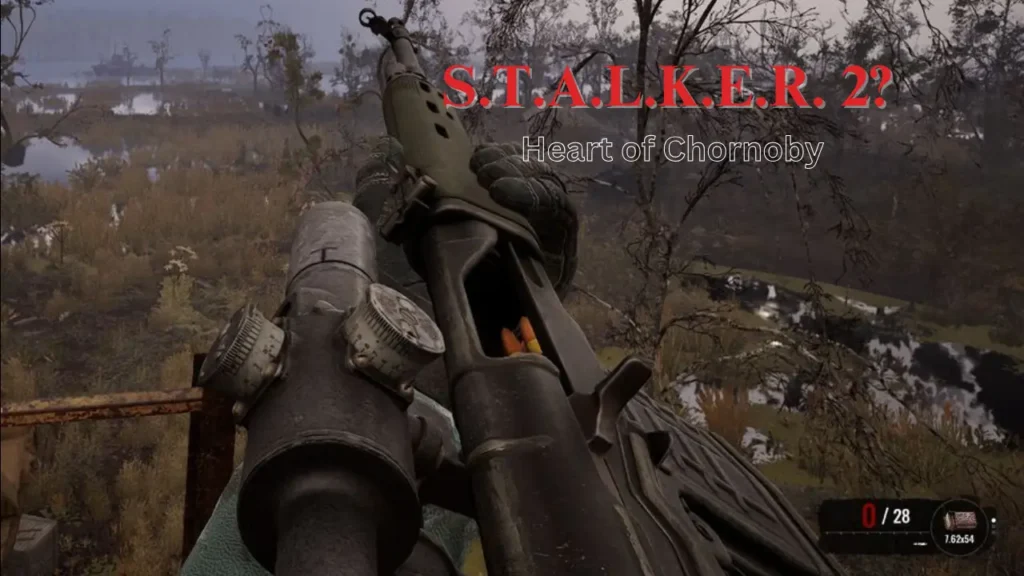
The SVD Dragunov is a semi-automatic designated marksman rifle developed by the Soviet Union in the 1960s. Chambered in 7.62×54mmR, it is designed to provide long-range support for infantry units, bridging the gap between standard assault rifles and dedicated sniper rifles. The SVD features a lightweight build, a PSO-1 telescopic sight, and a gas-operated mechanism, ensuring rapid follow-up shots and reliability in harsh conditions. It remains in service with many militaries worldwide due to its durability, effective range, and simplicity in operation.
SVU (Shortened Dragunov Sniper Rifle)
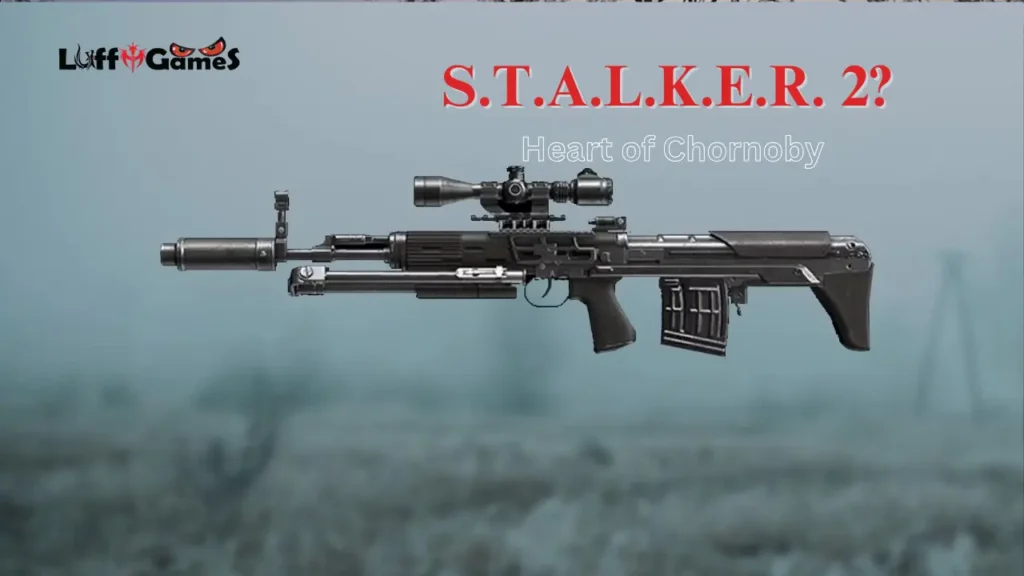
The SVU (Snayperskaya Vintovka Ukorochennaya) is a compact bullpup variant of the SVD Dragunov, designed for urban combat and close-quarters sniping. Featuring a shortened barrel, integrated suppressor, and bullpup configuration, the SVU offers improved maneuverability without sacrificing accuracy. Chambered in 7.62×54mmR, it retains the firepower and penetration capabilities of the SVD while being more compact for use in confined environments. The SVU is particularly effective for counter-sniping, VIP protection, and military operations in dense urban settings.
VSS Vintorez
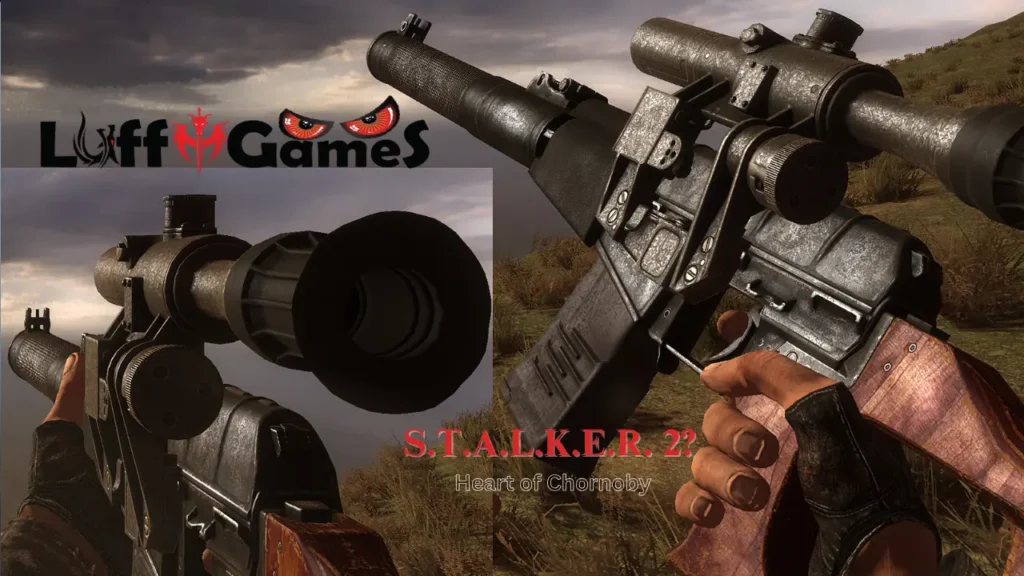
The VSS Vintorez is a suppressed sniper rifle designed for stealth operations and special forces missions. Chambered in 9×39mm, it is optimized for subsonic ammunition, allowing silent engagements with minimal sound and muzzle flash. The integrated suppressor, lightweight design, and semi-automatic action make it an excellent choice for urban warfare, reconnaissance, and covert assassinations. Used primarily by Russian Spetsnaz units, the VSS Vintorez excels in close to mid-range sniper operations, ensuring high lethality while maintaining stealth.
Machine Guns, Launchers, and Grenades
In modern warfare, machine guns, grenade launchers, and hand grenades play essential roles in fire support, area suppression, and anti-personnel/anti-vehicle tactics. Each category serves a unique function, with machine guns providing sustained automatic fire, launchers delivering explosive payloads, and grenades offering versatile combat solutions. Let’s explore some of the most notable weapons in these categories.
7. Machine Guns
PKM
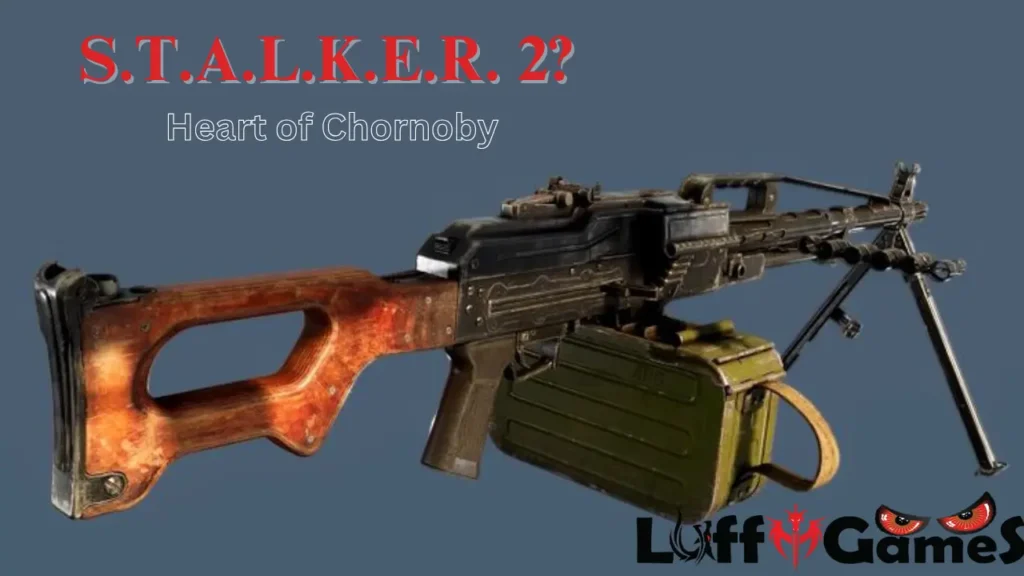
The PKM (Pulemyot Kalashnikova Modernizirovannyi) is a general-purpose machine gun (GPMG) designed in the Soviet Union by Mikhail Kalashnikov. Chambered in 7.62×54mmR, it is renowned for its reliability, durability, and lightweight design compared to other GPMGs.
The PKM is belt-fed, air-cooled, and gas-operated, capable of sustained automatic fire for infantry support, vehicle-mounted roles, and defensive positions. Its robust design allows it to function effectively in harsh environments, from deserts to frozen battlefields. With a maximum effective range of approximately 1,500 meters, the PKM remains in service with military forces worldwide, often mounted on tripods, vehicles, or helicopters for superior battlefield suppression.
8. Launchers
GP-25
The GP-25 “Kostyor” is a single-shot, under-barrel grenade launcher developed in the Soviet Union. Designed to attach to AK-series assault rifles, it fires 40mm caseless grenades, providing infantry units with high-explosive firepower without requiring a standalone launcher.
The GP-25 is lightweight, simple to use, and highly effective against enemy personnel and lightly armored targets. With an effective range of up to 400 meters, it allows soldiers to engage enemies behind cover or fortifications. It is widely used in urban warfare, counter-insurgency, and special operations due to its portability and precision.
GP-30
The GP-30 “Obuvka” is an improved version of the GP-25, featuring a more ergonomic design, reduced weight, and enhanced sighting system. It remains a staple of modern Russian infantry forces, used extensively in both conventional warfare and counter-terrorism operations. The GP-30 is compatible with a wide range of 40mm grenades, including high-explosive, smoke, and illumination rounds, increasing its battlefield versatility.
RPG-7

The RPG-7 (Rocket-Propelled Grenade Launcher) is one of the most widely recognized and battle-tested anti-tank weapons ever created. Originally developed in the Soviet Union, it is capable of firing a variety of explosive warheads, making it effective against armored vehicles, bunkers, and enemy fortifications.
The RPG-7 is shoulder-fired, reusable, and highly adaptable, with an effective range of 500 meters (unguided) to over 900 meters (with an optic sight). Its simplicity and low-cost production have led to its global use in armed conflicts, from military engagements to insurgencies. The RPG-7 remains an iconic and formidable weapon, widely used by militaries, guerrilla fighters, and paramilitary forces worldwide.
9. Grenades
F-1 Grenade
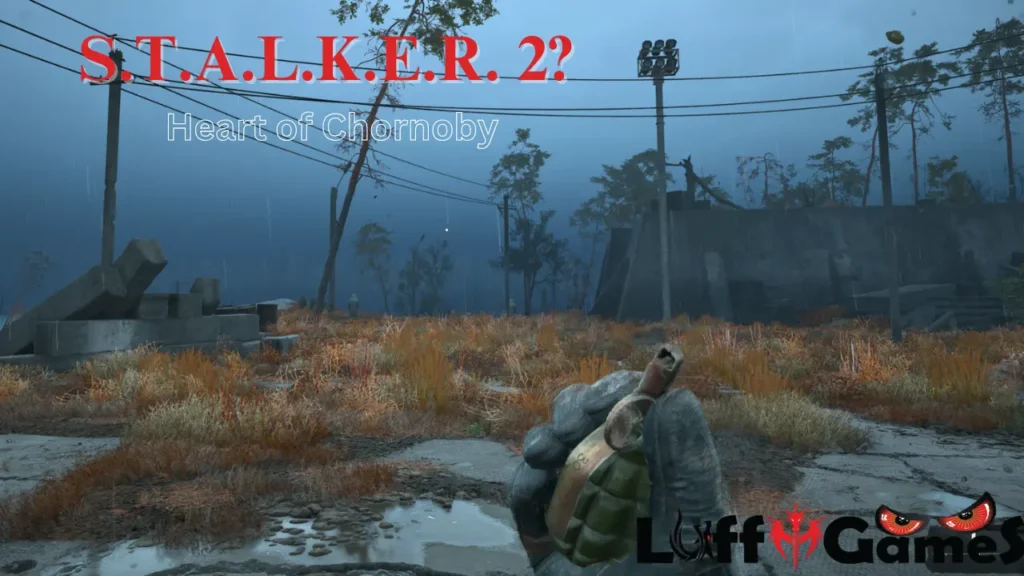
The F-1 grenade, often referred to as the “Lemon Grenade”, is a defensive fragmentation grenade designed to eliminate enemy personnel in open terrain or fortified positions. Developed in the Soviet Union, it features a heavy metal casing that produces deadly shrapnel upon detonation, with a blast radius of approximately 30 meters.
Due to its lethal fragmentation effects, the F-1 is typically used in defensive scenarios, where soldiers can throw the grenade from cover. It remains a standard issue for many Eastern European and Russian military forces.
RGD-5 Grenade
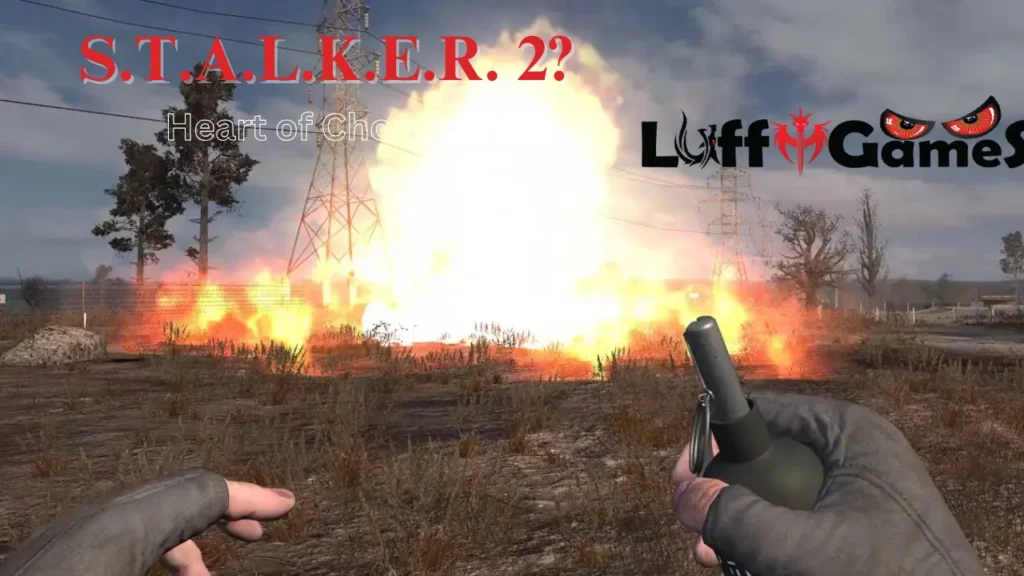
The RGD-5 grenade is a lightweight offensive hand grenade, designed for close-quarters combat and urban warfare. Unlike the F-1, the RGD-5 has a thinner casing, resulting in less fragmentation but a stronger explosive effect. It is smaller, easier to carry, and quicker to deploy, making it ideal for fast-moving infantry units.
With a 4-second fuse and an effective radius of about 15 meters, the RGD-5 is useful for room clearing, trench assaults, and surprise attacks. It is widely used in modern combat scenarios, particularly in low-intensity conflicts and counter-insurgency operations.
Smoke Grenade

Smoke grenades are non-lethal battlefield tools used for signaling, screening, and concealment. Available in various colors, they can mark positions for airstrikes, evacuation zones, or friendly troop movements.
In combat, smoke grenades provide tactical cover, allowing soldiers to maneuver undetected, obscure enemy vision, and disrupt sniper sightlines. They are also extensively used by law enforcement for riot control and special operations units for tactical entry.
Unusable Weapons
The category of “unusable” weapons includes firearms and armaments that are either obsolete, decommissioned, vehicle-mounted, or specialized in a way that prevents individual use by infantry soldiers. Many of these weapons have played significant roles in past conflicts, but they are now either outdated, mounted on vehicles, or phased out due to technological advancements. Let’s explore some of the most notable weapons in this category.
10 Unusable
9M113 Konkurs
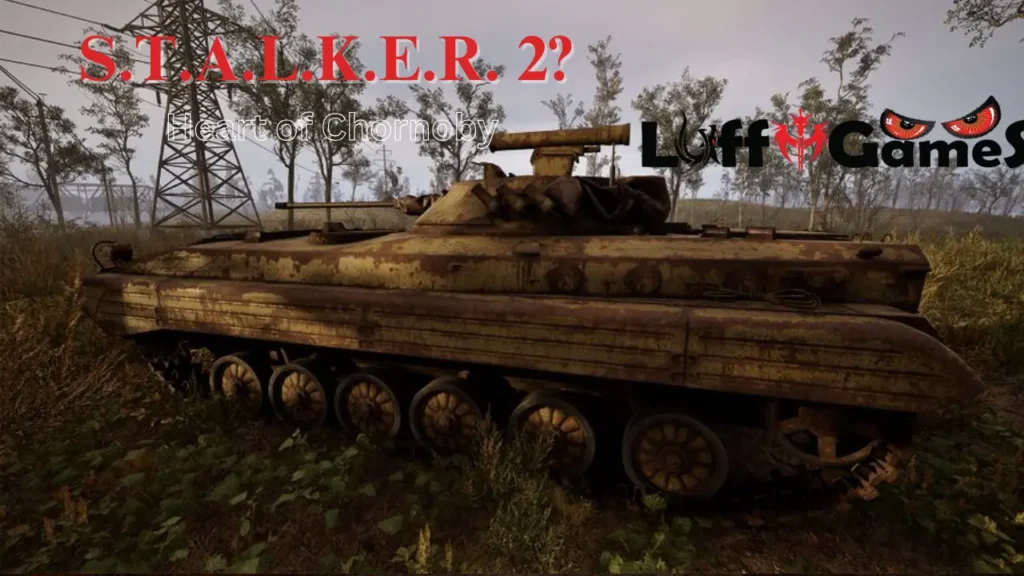
The 9M113 Konkurs is a Soviet-designed wire-guided anti-tank missile system, primarily used for destroying armored vehicles and fortified structures. It is a heavy, crew-operated weapon system, making it impractical for individual infantry use without a launching platform.
With an effective range of 75 to 4,000 meters, the 9M113 was widely deployed during the Cold War era, remaining in service with many militaries today. However, advancements in fire-and-forget missile technology have rendered it less effective against modern active protection systems (APS) on contemporary tanks.
AK-74
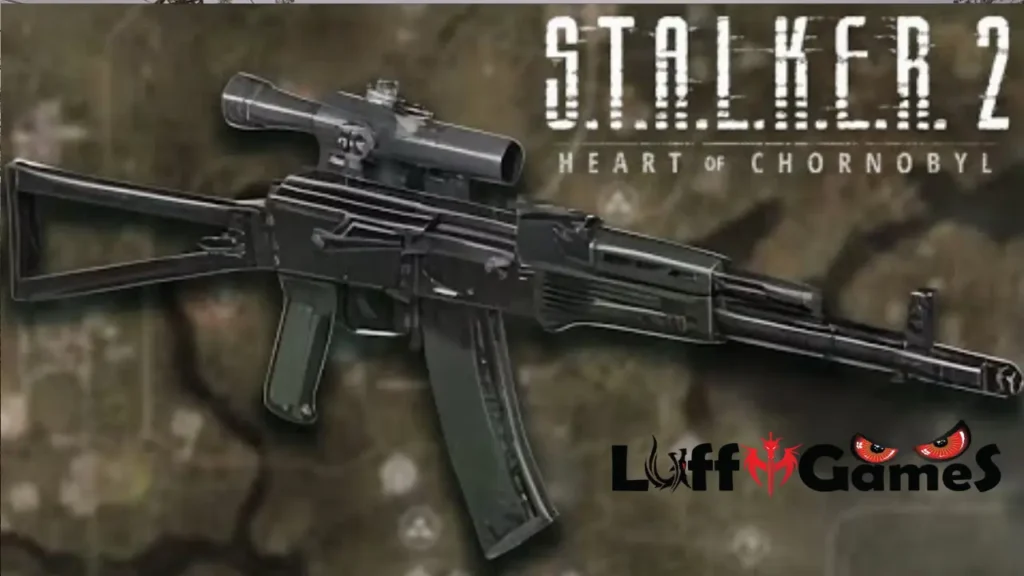
The AK-74 is a Soviet-era assault rifle, developed as a modernized version of the AK-47, chambered in 5.45×39mm. While the AK-74 was once a standard-issue service rifle, newer versions like the AK-74M and AK-12 have replaced it in many armed forces.
Although still used in some conflicts, the AK-74 is often classified as “unusable” in modern combat simulations or restricted weapon lists, where only updated variants are considered viable choices.
KPVT
The KPVT (Krupnokaliberniy Pulemyot Vladimirova Tankoviy) is a heavy machine gun chambered in 14.5×114mm, primarily designed for armored vehicles, anti-aircraft applications, and defensive installations.
With an effective range of 2,000 meters against ground targets and 1,400 meters against aircraft, the KPVT is far too large and heavy for infantry use. It is commonly mounted on armored personnel carriers (APCs), light tanks, and naval vessels, providing powerful armor-piercing capabilities against enemy vehicles.
NSVT
The NSVT (Nikitin-Sokolov-Volkov-Tank Machine Gun) is a 12.7×108mm heavy machine gun, widely used as a tank-mounted anti-aircraft weapon in former Warsaw Pact nations. It is a successor to the DShK heavy machine gun, often seen on T-series tanks like the T-72 and T-90.
Due to its large size, recoil, and mounting requirements, the NSVT is unsuitable for individual infantry use, making it classified as an unusable weapon outside of armored vehicle warfare.
PKMT
The PKMT is a variant of the PKM general-purpose machine gun, specifically designed for coaxial mounting on armored vehicles. Unlike the standard PKM, the PKMT lacks a pistol grip and shoulder stock, making it impractical for handheld use.
Its sustained fire rate and vehicle integration make it a key asset in armored warfare, but it is classified as unusable for dismounted troops due to its reliance on external mounting systems.
PPSh-41
The PPSh-41 is a Soviet submachine gun chambered in 7.62×25mm Tokarev, widely used during World War II and the Korean War. It became one of the most iconic firearms of the Soviet Red Army, known for its high rate of fire (900 rounds per minute) and drum magazine capacity of 71 rounds.
While the PPSh-41 was highly effective in close-quarters combat, it has been phased out in favor of modern submachine guns and assault rifles. Today, it is largely seen in museums, historical reenactments, and private collections, making it an obsolete and generally unusable weapon in modern military applications.
RPD
The RPD (Ruchnoy Pulemyot Degtyaryova) is a belt-fed light machine gun (LMG), designed in the Soviet Union and chambered in 7.62×39mm. It was widely used during the Cold War, serving as a squad automatic weapon (SAW) before being replaced by the RPK and PKM series.
Despite its historical significance, the RPD is no longer a standard-issue weapon, as more advanced and reliable light machine guns have taken its place. This classifies it as unusable in modern military forces, though some paramilitary groups still employ it in limited capacities.
RPK
The RPK (Ruchnoy Pulemyot Kalashnikova) is a light machine gun based on the AK-series rifles, designed to offer sustained automatic fire in infantry squads. Chambered in 7.62×39mm, it features a longer barrel, reinforced receiver, and extended magazine capacity for increased firepower.
Although still in use in some military units, modern LMGs like the RPK-16 and PKM have largely replaced it. The RPK is often categorized as unusable due to its outdated design and logistical incompatibility with contemporary warfare tactics.
Shipunov 2A42
The Shipunov 2A42 is a 30mm autocannon, primarily mounted on infantry fighting vehicles (IFVs) such as the BMP-2 and BTR-90, as well as attack helicopters like the Ka-52 and Mi-28.
Capable of firing high-explosive and armor-piercing rounds, the 2A42 is highly effective against enemy personnel, light vehicles, and aircraft. However, due to its large size and vehicle-mounted configuration, it is completely unusable for standard infantry troops.
Yakushev-Borzov Yak-B
The Yakushev-Borzov Yak-B is a 12.7mm four-barrel rotary machine gun, designed specifically for the Mi-24 “Hind” attack helicopter. It operates similarly to a Gatling-style weapon, delivering rapid sustained fire to suppress enemy forces.
As a helicopter-mounted system, the Yak-B is unusable by infantry, making it a specialized armament for aviation-based combat operations.
How do weapons differ in terms of performance and use?
In S.T.A.L.K.E.R. 2 and other survival FPS games, weapons are like your trusty sidekicks, but they all have their quirks. Each gun brings something different to the table, whether it’s power, accuracy, or rate of fire. Getting to know these traits is key to surviving the chaos!
From snipers to shotguns, every firearm has its own vibe. Some are great for long-range takedowns, while others shine in close-quarters mayhem. Understanding these strengths and weaknesses can totally change the game, helping you tackle whatever the Zone throws your way.
1. Damage Output
Damage refers to the amount of health a weapon removes from an enemy per shot. Higher-damage firearms can eliminate targets quickly but may come with drawbacks such as slow fire rates, heavy recoil, or limited magazine capacity. Balancing raw power with efficiency is key to survival.
2. Armor Penetration
Penetration determines how well a bullet can pass through enemy armor. Some rounds are designed to punch through body armor and helmets, making them highly effective against well-protected foes. Weapons with high penetration are critical when dealing with military-grade enemies or mutant creatures with tough hides.
3. Rate of Fire (RPM)
Measured in rounds per minute (RPM), this attribute defines how fast a weapon can discharge bullets. A high rate of fire can overwhelm enemies in close-quarters combat but may lead to rapid ammo depletion. Conversely, slower-firing weapons conserve ammunition and are often easier to control for precise shots.
4. Accuracy and Precision
Accuracy determines how reliably a weapon hits its target, while precision refers to how consistently shots land in the same area. Several factors affect accuracy, including:
- Recoil Control: The ability to manage weapon kickback when firing.
- Weapon Stability: Lighter guns may have higher recoil, while heavier ones tend to be steadier.
- Aiming Mechanism: Some firearms perform better when using iron sights, scopes, or red-dot sights.
Sniper rifles and designated marksman rifles (DMRs) typically offer high accuracy for long-range engagements, while SMGs and shotguns are designed for close-range combat.
5. Effective Range
Every firearm has an optimal range at which it performs best. Weapons meant for close-range combat, like shotguns and SMGs, lose effectiveness at long distances. On the other hand, sniper rifles excel at picking off enemies from afar but may be unwieldy in tight spaces.
6. Handling and Usability
Weapon handling determines how comfortable and practical a firearm is in different situations. This factor includes:
- Recoil Management: Higher recoil can make rapid fire challenging, requiring controlled bursts.
- Weight and Mobility: Heavier weapons slow movement but may provide better stability.
- Ergonomics: Guns with better grips and attachments improve handling for prolonged firefights.
Well-balanced weapons provide a mix of control, stability, and firepower, allowing for greater versatility.
7. Ammunition Type
Different weapons use various ammunition types, each with unique properties. Some rounds offer high stopping power, while others focus on penetration or special effects like incendiary or armor-piercing capabilities. Ammo scarcity can also affect weapon viability, making inventory management a crucial part of gameplay.
8. Customization and Attachments
Many weapons can be upgraded with attachments, significantly altering their performance. Common modifications include:
- Optics (Scopes, Red Dots, Holo Sights): Improve target acquisition and long-range aiming.
- Suppressors: Reduce weapon noise and muzzle flash, ideal for stealth playstyles.
- Foregrips & Stocks: Enhance stability and recoil control.
- Extended Magazines: Increase ammo capacity per reload, reducing downtime in combat.
Customization allows players to fine-tune their loadouts to match their preferred combat style.
9. Durability and Maintenance
Weapons degrade over time due to prolonged use, environmental factors, and poor maintenance. A well-maintained firearm functions reliably, while a neglected one may suffer from increased recoil, reduced accuracy, and even catastrophic failures like jamming or misfiring. Regular maintenance, cleaning, and repairs are necessary to keep weapons in top condition.
10. Malfunction & Jamming Risk
Older or poorly maintained guns have a higher chance of malfunctioning during critical moments. Factors influencing jamming include:
- Weapon Age & Wear: Frequently used weapons degrade faster.
- Dirt & Debris: Environmental exposure can clog mechanisms.
- Ammunition Quality: Substandard or mismatched rounds can cause feeding issues.
Keeping backup weapons or regularly servicing firearms can help mitigate these risks.
11. Weapon Classes and Their Uses
Weapons are divided into various classes, each suited for specific combat scenarios:
- Pistols: Lightweight sidearms for emergencies and stealth engagements.
- Submachine Guns (SMGs): Compact firearms with rapid fire rates, effective at close to medium range.
- Shotguns: Devastating at short range, ideal for clearing confined spaces or dealing with mutants.
- Assault Rifles & Carbines: Versatile weapons that balance power, accuracy, and range for all-around combat.
- Sniper Rifles: Long-range precision weapons designed for eliminating enemies from a distance.
- Machine Guns (LMGs): Heavy-duty firearms providing sustained fire for suppressing enemies.
- Grenade & Rocket Launchers: Specialized weapons for explosive damage against armored threats and vehicles.
Choosing the right weapon for each situation is essential for survival in hostile environments.
12. Combat Effectiveness Based on Situations
Each weapon excels in specific combat scenarios:
- Close-Quarters Combat (CQC): Pistols, SMGs, and shotguns dominate tight spaces.
- Medium-Range Engagements: Assault rifles and carbines provide a balance of power and precision.
- Long-Range Precision: Sniper rifles and designated marksman rifles are ideal for eliminating threats from afar.
- Anti-Armor & Explosives: High-penetration rifles and rocket launchers counter heavily armored enemies and vehicles.
Survivors must adapt their arsenal based on mission objectives, terrain, and enemy types to maximize effectiveness.
So, when you dive into S.T.A.L.K.E.R. 2, it’s all about that accuracy and damage game. Different weapons feel and perform totally differently, like a crazy coupon deal for your loadout. You gotta know what fits your playstyle, or you might end up like a noob on the “Honor Among Thieves” side mission.
This detailed breakdown provides an in-depth look at the mechanics governing weapons in S.T.A.L.K.E.R. 2 and similar games, helping players make informed choices about their loadouts. Understanding these attributes can mean the difference between life and death in the unforgiving Exclusion Zone. Choose wisely, stalker!
What are the best weapons for different playstyles?
In S.T.A.L.K.E.R. 2: Heart of Chornobyl, weapons are crucial to your survival and progression, serving as the primary means of improving your character’s standing throughout the game. The game presents a significant challenge, as you must manage not only your resources and Coupons but also your weapons to ensure they remain in optimal condition as you navigate the harsh environment of the Zone. Unlike traditional RPGs, where experience points (XP) are used to level up and improve stats, S.T.A.L.K.E.R. 2 requires you to find better gear to advance.
Upgrading your weapons is an essential part of this process. While you can find new gear, it’s the upgrades that make your weapons more effective, helping you tackle tougher challenges as you progress. Almost every weapon can be upgraded in some way to reduce its degradation, allowing you to use it for longer without the need for frequent repairs. This makes weapon maintenance and improvement vital for your success.
However, it’s important to note that unique weapons in S.T.A.L.K.E.R. 2 are often just modified versions of standard weapons, equipped with permanent attachments. While these unique weapons may offer certain advantages, their added cost for repairs and maintenance may not always justify the benefits. Before committing to these weapons, consider whether the enhancements they offer are worth the extra resources required to keep them in working condition.
S.T.A.L.K.E.R. 2: Heart of Chornobyl offers players a wide range of weapons to aid them in surviving the dangerous and hostile environment of the Zone. Here’s an in-depth look at some of the best weapons you can find, starting from early game all the way to late-game options:
10. Viper-5 – Best Early Game Weapon
The Viper-5 is one of the first weapons you’ll come across in S.T.A.L.K.E.R. 2, making it an essential tool for early survival. It’s relatively easy to upgrade and repair, and there are even items you can buy in Hamster’s shop to improve it, such as a laser sight. You can find versions of the Viper-5 early in the game, including a unique variant in a Journalist’s Stash located in the Lesser Zone. The Viper-5 Monolith variant has some debate about its superiority to the regular version, but it’s definitely worth considering if you don’t have a fully upgraded basic one.
Viper-5 – Best Early Game Weapon
| Stat | Value |
|---|---|
| Damage | 1.3 |
| Penetration | 1.1 |
| Rate of Fire | 4.93 |
| Range | 1.25 |
| Accuracy | 3 |
The best version, Shah’s Mate, can be found during the No Honor Among Thieves quest. This is an excellent option for the mid-game if you need something reliable.
9. Drowned (AKM-74S) – A Collection of Good Options
The AKM-74S is another weapon you can obtain early on. The Drowned variant, found just outside Slag Heap, is regarded as one of the best by the community. It has a solid balance of stats and a decent weight, though it’s a little pricey to repair. You can also get different variants later in the game, and one particularly useful variant is the Combatant, which you receive from Colonel if you’ve helped the Ward faction.
Drowned (AKM-74S) – A Collection of Good Options
| Stat | Value |
|---|---|
| Damage | 1.4 |
| Penetration | 1.1 |
| Rate of Fire | 4.9 |
| Range | 1.9 |
| Accuracy | 2.6 |
8. SVDM-2 – Early Sniper Rifle from Leshy
Sniper rifles are useful for long-range combat, especially when scouting or taking out large enemies from afar. The SVDM-2 is one of the first sniper rifles you can obtain in S.T.A.L.K.E.R. 2, found early in the game from a bandit named Leshy. While it starts out broken, it can be repaired for 12,500 Coupons, making it a reliable tool for long-range combat in the early stages.
SVDM-2 – Early Sniper Rifle from Leshy
| Stat | Value |
|---|---|
| Damage | 3.5 |
| Penetration | 2.1 |
| Rate of Fire | 4.9 |
| Range | 2.5 |
| Accuracy | 5 |
There is also a unique variant, the Lynx, which can be found later during the Hot On The Trail quest.
7. Valik Lummox’s AKM-74S – A Different Variant, Better Stats
The Valik Lummox’s AKM-74S is another variant of the AKM-74S, found during the Warlock’s Debtor quest in Zalissya. This version is much lighter at 2.65 kg and comes pre-equipped with a scope, making it great for mid-game combat. It’s one of the most reliable weapons in the early to mid-game, offering impressive damage and accuracy.
Valik Lummox’s AKM-74S – A Different Variant, Better Stats
| Stat | Value |
|---|---|
| Damage | 3.5 |
| Penetration | 2.1 |
| Rate of Fire | 4.9 |
| Range | 2.5 |
| Accuracy | 5 |
6. Skif’s Pistol – Surprisingly Good Early Weapon
Skif’s Pistol is the first weapon you’ll get in the game, and it can actually hold its own for quite a while. It’s cheap to repair and upgrade, and it’s a solid choice for early combat. You can keep it repaired without spending too many Coupons, and while other pistols will eventually appear, this one is good enough to use until you find something better.
Skif’s Pistol – Surprisingly Good Early Weapon
| Stat | Value |
|---|---|
| Damage | 1.6 |
| Penetration | 1.1 |
| Rate of Fire | 4.92 |
| Range | 0.55 |
| Accuracy | 3.3 |
5. AR416 – Different Assault Rifle for Ammo Conservation
The AR416 is an alternative to the AKM-74S, using different ammo types. This makes it useful for conserving your resources and saving precious ammunition. It’s effective for dealing with mutations and great for crowd control during larger fights. You can also find a slightly improved version known as the Unknown Stalker’s AR416 by trading a religious icon to Pomor in Poppy Fields.
AR416 – Different Assault Rifle for Ammo Conservation
| Stat | Value |
|---|---|
| Damage | 0.85 |
| Penetration | 1.1 |
| Rate of Fire | 4.97 |
| Range | 1.9 |
| Accuracy | 3.6 |
4. Fora-221 – Great Assault Rifle with Low Power
The Fora-221 is an assault rifle that performs well in mid-game, especially against human enemies. It’s lighter than some other assault rifles, making it easier to handle in combat. It’s essential to keep it in good condition, as it can malfunction if neglected.
Fora-221 – Great Assault Rifle with Low Power
| Stat | Value |
|---|---|
| Damage | 0.9 |
| Penetration | 2.1 |
| Rate of Fire | 4.98 |
| Range | 1.9 |
| Accuracy | 3 |
3. Rhino – A Strong Pistol for Mid to Late Game
The Rhino is a solid upgrade over the Skif’s Pistol, offering much better stats. Found in Yaniv Journalist’s Stash, it can handle more powerful enemies and mutations with ease. It’s an excellent choice if you need a pistol that can deal significant damage but still maintain high accuracy.
Rhino – A Strong Pistol for Mid to Late Game
| Stat | Value |
|---|---|
| Damage | 3 |
| Penetration | 3 |
| Rate of Fire | 3.6 |
| Range | 1.9 |
| Accuracy | 4.1 |
2. M701 Super – Late-Game Sniper Rifle
The M701 Super is one of the best sniper rifles available in the late game. It has the highest damage of any sniper rifle, making it ideal for long-range engagements. Available for purchase at Yaniv Station or found in the wild, it’s a must-have for those who prefer long-range combat.
M701 Super – Late-Game Sniper Rifle
| Stat | Value |
|---|---|
| Damage | 5 |
| Penetration | 3 |
| Rate of Fire | 0.6 |
| Range | 3.1 |
| Accuracy | 5 |
1. Ram-2 – Best Shotgun for Dealing with Mutations
The Ram-2 is a high-damage shotgun that excels at taking down tanky enemies and mutations. Available for purchase from Wreck at Yaniv Station, it offers a great balance of damage, penetration, and rate of fire. Its unique caliber ensures you can stock up on ammo, and it’s well-regarded in the community for its reliability.
Ram-2 – Best Shotgun for Dealing with Mutations
| Stat | Value |
|---|---|
| Damage | 5 |
| Penetration | 3 |
| Rate of Fire | 4.9 |
| Range | 1.3 |
| Accuracy | 2.4 |
How can players upgrade and customize their weapons?
In Stalker 2’s gritty world, upgrading and customizing your weapons is key to survival. First off, you’ll want to hit up the technicians at faction bases or safe zones. They can help you repair your damaged gear, making sure your favorite guns stay in the fight longer. Once that’s sorted, you can dive into upgrades by slapping on some sweet mods to boost your weapon’s stats.
Don’t forget about attachments! Grab scopes, suppressors, grips, and lasers to tailor your loadout. And the best part? You can do some on-the-fly attachment swapping while you’re out in the field. Keep your eyes peeled for looting opportunities to snag upgraded weapons or attachments from enemies or hidden stashes. Plus, if you’re short on resources, consider trading items to score those coveted upgrades. And if you’re into modding, check out some cool community-created modifications to really make your gear stand out!
Overview of the STALKER 2 World
So, imagine diving into the wild world of STALKER 2, set in the eerie Chornobyl Exclusion Zone. It’s a total post-apocalyptic vibe, inspired by the real-life Chornobyl disaster and all the creepy stuff that came with it. The environment? Super dangerous and totally unpredictable, with strange and often deadly phenomena lurking around every corner.
As you explore, you’ll encounter mutated creatures that have been twisted by the Zone’s influence. Plus, there are various factions, each with their own goals and ideologies, making the stakes even higher. And don’t forget the Stalkers—those brave souls who venture into the Zone for all sorts of reasons, hunting down objects with unique properties that everyone wants.
What really sets this game apart is the A-Life 2.0 system, which creates a dynamic world where NPC behavior and events change based on player actions. So, get ready for an immersive experience where every decision counts!
What is the setting of STALKER 2?
Getting optimal performance in S.T.A.L.K.E.R. 2: Heart of Chornobyl often requires careful graphics tuning, as the game can be demanding. Finding the sweet spot between visual fidelity and smooth frame rates depends on your specific hardware and personal preferences.
To help you get started, we’ve rigorously tested each graphics option and compiled a near-ideal configuration for systems using relatively recent hardware. While you might need to make further adjustments based on your setup, these settings provide a solid foundation.
| Graphics Preset | Low | Medium | High | Epic |
|---|---|---|---|---|
| Resolution | 1080p, 30 FPS | 1080p, 60 FPS | 1440p, 60 FPS | 2160p, 60+ FPS |
| CPU | Intel i7-7700K, AMD Ryzen 5 1600X | Intel i7-9700K, AMD Ryzen 7 3700X | Intel i7-11700, AMD Ryzen 7 5800X | Intel i7-13700KF, AMD Ryzen 7 7700X |
| GPU | GTX 1060 6GB, RX 580 8GB, Intel A750 | RTX 2070 Super, RTX 4060, RX 5700 XT | RTX 3070 Ti, RTX 4070, RX 6800 XT | RTX 4080, RX 7900 XTX |
| RAM | 16GB Dual Channel | 16GB Dual Channel | 32GB Dual Channel | 32GB Dual Channel |
| Storage | SSD 160GB | SSD 160GB | SSD 160GB | SSD 160GB |
| OS | Windows 10 x64, Windows 11 x64 | Windows 10 x64, Windows 11 x64 | Windows 10 x64, Windows 11 x64 | Windows 10 x64, Windows 11 x64 |
Essential Tips for Maximizing S.T.A.L.K.E.R. 2 Performance:
- Minimize Background Processes: Close unnecessary applications running in the background, as they can significantly impact performance.
- Avoid Alt-Tabbing: S.T.A.L.K.E.R. 2 is particularly sensitive to Alt-Tabbing. Refrain from switching away from the game window as much as possible.
- Utilize AI Upscaling: If your graphics card supports it, enable an AI upscaling solution like DLSS, FSR, or XeSS. These technologies can drastically improve both visuals and frame rates.
Our baseline for testing involved setting all graphics options to “Medium” with TAA as the upscaling method. We chose TAA for its hardware neutrality. While DLSS provided better performance on our RTX 3080 test system, results can vary between users and GPUs.
Our benchmark was Zalissya, the game’s starting city, during a foggy, rainy afternoon. Traversing the main thoroughfare at an ultrawide resolution with the RTX 3080 yielded an average of 40 FPS. All subsequent recommendations stem from this baseline.
| Setting | FPS Impact | Optimal Setting |
|---|---|---|
| Texture Quality | Negligible | Epic |
| Hair | 2-5 FPS drop with hair in-frame | Medium |
| Object Details | 1-3 FPS drop | High |
| Effects Quality | 2-5 FPS drop | Medium |
| Materials | 1-3 FPS drop | High |
| Post Processing | 1-3 FPS drop | Epic |
| Antialiasing | Negligible | Epic |
| Motion Blur Strength | Negligible | 0% |
| Depth of Field | Negligible | Low |
| Light Shafts | Negligible | Enabled |
| Sharpness | Negligible | 20% |
| DLSS Upscaling | 10+ FPS improvement | Balanced |
| FSR Upscaling | Not used due to graphical artifacting | Disabled |
| Shading Quality | 2-5 FPS drop | Medium |
| Global Illumination | 2-5 FPS drop | Medium |
| Reflections | 1-3 FPS drop | High |
| Shadow Quality | 5-8 FPS drop | Medium |
| Clouds | 1-3 FPS drop | High |
| Fog | 2-5 FPS drop with lower lows than other settings | Medium |
| Sky | Negligible | High |
| Foliage Quality | 1-3 FPS drop, more with more foliage present | High |
| Environmental Draw Distance | 1-3 FPS drop | High |
Testing PC Specifications:
So, when you’re testing your PC specs, keep in mind that FPS results can change depending on your resolution. If you’ve got a shiny new GPU, like the NVIDIA 40-series or AMD 7800XT, you can totally use Frame Generation for that extra performance kick.
If you’re rocking a different setup, just tweak those settings to fit your gear. It’s all about finding that sweet spot for your rig!
- GPU: NVIDIA 3080 Founder’s Edition
- CPU: Intel 13700K (stock, updated microcode)
- RAM: 32 GB
- OS: Windows 10
- Monitor: Ultrawide at 12:5 resolution
How does the environment impact gameplay?
So, let’s talk about how the environment totally messes with gameplay! First off, you got those pesky anomalies lurking around, which can be super hazardous. You’ll need some fancy gear or clever strategies to avoid getting fried. Then, there are the mutants that call specific areas home, meaning you gotta switch up your tactics depending on where you’re at.
Don’t forget about the terrain—it can totally mess with your movement and visibility, plus it can offer sweet cover when things get dicey. And let’s not overlook the weather; one minute it’s sunny, the next you can’t see a thing, which really shakes up combat and survival.
As day turns to night, the time of day changes everything, from how well you can see to how enemies act. Plus, some areas are just gold mines for resources, like artifacts and loot. The whole place tells a story, so you gotta pay attention to the atmosphere and navigate wisely!
What are the key locations players should know about?
While a full, official map for S.T.A.L.K.E.R. 2 hasn’t been entirely revealed, we can infer key locations based on previous games, trailers, and developer comments. Remember, exploration is a core part of the S.T.A.L.K.E.R. experience, so expect to discover many more places!
Here are some likely important locations
| Location | Description |
|---|---|
| Chornobyl Nuclear Power Plant | The heart of the Zone, likely heavily guarded and dangerous, possibly housing the Monolith. |
| Pripyat | Abandoned city with a haunting atmosphere, full of secrets to explore. |
| Duga Radar (“The Russian Woodpecker”) | Iconic real-world structure shown in trailers, likely a point of interest. |
| Zalissya | Starting city for S.T.A.L.K.E.R. 2, familiar to players early on. |
| Faction Bases | Territories controlled by factions (Duty, Freedom, Loners) for quests, trading, and interaction. |
| Anomaly Fields | Areas with dangerous anomalies, often where valuable artifacts can be found. |
| Mutant Habitats | Locations where specific mutants are more common, requiring preparation. |
| Hidden Stashes | Caches containing valuable loot, resources, and story-relevant information. |
| New Locations | Completely new areas added to the Zone, expanding its world and lore. |
Alright, so when diving into S.T.A.L.K.E.R., there are some key spots you definitely wanna check out, like the Chernobyl Exclusion Zone and the Red Forest. But hey, this ain’t a complete list!
The devs have made it clear that the world is huge and packed with surprises. Seriously, part of the thrill is wandering around and finding your own hidden gems, so get ready to explore and make your own discoveries!
| Language | Voice | Subtitles |
|---|---|---|
| English | Yes | Yes |
| Ukrainian | Yes | Yes |
| German | Yes | Yes |
| French | Yes | Yes |
| Spanish | Yes | Yes |
| Italian | Yes | Yes |
| Polish | Yes | Yes |
| Czech | Yes | Yes |
| Turkish | Yes | Yes |
| Serbian | Yes | Yes |
| Brazilian Portuguese | Yes | Yes |
| LATAM Spanish | Yes | Yes |
| Russian | Yes | Yes |
| Arabic | Yes | Yes |
| Chinese Simplified | Yes | Yes |
| Chinese Traditional | Yes | Yes |
| Japanese | Yes | Yes |
| Korean | Yes | Yes |
Key Characters in STALKER 2
As of now, the full character list for S.T.A.L.K.E.R. 2 hasn’t been officially released. However, we do know that S.T.A.L.K.E.R. 2 will feature a variety of characters, ranging from faction members to mutants and NPCs that players can interact with throughout their journey. Many characters will be connected to different factions in the game, and players will likely encounter them in quests, combat, and story events.
Possible Character Categories in S.T.A.L.K.E.R. 2:
- Main Character:
- The Player’s Stalker – The protagonist that players control, with customization options and a personal backstory.
- Faction Leaders & Key Members:
- Duty: A faction focused on protecting the Zone and keeping it under control.
- Freedom: A faction that believes in free will within the Zone, often in opposition to Duty.
- Loners: Independent stalkers who do not belong to any faction and are often hired for specific tasks.
- Monolith: A mysterious and fanatical faction that worships the Zone and seeks to protect it.
- Bandits: Criminals and opportunistic stalkers who exploit the dangers of the Zone.
- Mercenaries: Hired guns who work for pay and may serve different factions or organizations.
- Mutants:
- Zombies: Human victims of the Zone, transformed into mindless husks.
- Pseudogiants: Large and powerful mutants that pose a huge threat.
- Bloodsuckers: Stealthy, terrifying creatures known for ambushing their prey.
- Snorks: Mutants that resemble twisted, deformed humans, often found in more dangerous areas of the Zone.
- Controller: A telepathic mutant that can control the minds of others.
- Dogs, Boars, and other fauna: Animals mutated by the Zone’s anomalous effects.
- NPC Traders, Quest Givers, and Allies:
- Traders will provide weapons, gear, and supplies to players.
- Quest givers will offer side missions and storylines that contribute to the game’s progression.
- The Monolith:
- The Monolith Leader or significant characters within the Monolith faction will play a crucial role in the game’s storyline, especially considering the faction’s connection to the mystical aspects of the Zone.
- Story Characters:
- These could include characters tied to the main plotline, such as those who are seeking the truth behind the Zone, trying to escape, or unravel its mysteries.
Possible New Characters in S.T.A.L.K.E.R. 2:
- Customizable NPCs or new factions and figures introduced to the storyline, given the game’s intention to expand the lore of the Zone and introduce fresh elements.
Loners (Freelance Stalkers):
- Skif: The game’s protagonist. A former military man, Skif becomes a Stalker after a lightning strike destroys his home. He enters the Zone seeking answers and a new purpose.
- Gaffer: The village elder of Zalissya. Gaffer is generally sympathetic to Stalkers and acts as a mediator.
- Baird: A former Loner leader in Zaton from previous games. After losing influence to the Sultan, he relocated to Shevchenko and now works as an arms dealer. He has a complex relationship with the Sultan and can reconcile with him depending on Skif’s choices.
- Richter: A former guide who now searches for missing persons in the Zone. He’s knowledgeable about anomalies and becomes a mentor to Skif early on. His attitude towards Skif’s journey depends on the path Skif chooses (Watchdog or Strelok/Spark).
- Mitei: A Stalker held hostage by Bandits in Call of Pripyat. He is also the same Mitei who was a Duty merchant in Clear Sky.
- Nimble: A Stalker who takes on dangerous jobs. He is a returning character from the previous trilogy and eventually leaves John.
- Trapper: A renowned hunter. He encounters Skif while on a mutant hunting job for the Sultan, accompanied by Nimble.
- Strelok: A legendary Stalker and the protagonist of Shadow of Chornobyl. He reappears later in the story.
- Dark One: A Stalker searching for the legendary oasis. He is revealed to be an agent of the C-Consciousness, tasked with eliminating Strelok.
watchdog
The Watch: A Force for “Order”
The Watch is a new faction in S.T.A.L.K.E.R. 2 that has quickly risen to power, bringing advanced equipment and well-trained soldiers to the Zone. They’ve effectively ended the previous power struggles and now control the Zone’s traffic. Unlike the fragmented and often corrupt armies of the past, the Watch presents a unified front, their soldiers identified simply as “soldiers,” and their ranks include individuals from various backgrounds, not just Eastern Europe.
Their stated goal is to establish order and ultimately eliminate the Zone, a mission similar to Duty’s. However, while Duty has become bogged down in mutant hunting, the Watch pursues its objective with overwhelming resources, viewing all other factions (except the regular army) as illegal intruders. This heavy-handed approach and constant interference in Zone affairs has earned them the animosity of Stalkers and most other factions.
Originating as a branch of the Ukrainian military, the Watch’s presence is immediately felt with Hind helicopters patrolling the Zone’s borders. Their dialogue often echoes official government pronouncements, hinting at their authority. Their superior equipment, including MRAPs, wheeled armored vehicles, Mi-24 attack helicopters, and Mi-8 transport helicopters, makes it clear how they’ve become such a dominant force, even dwarfing Duty and Freedom.
They also provide security for SIRCAA facilities. Your choices at the SIRCAA lab will determine whether the Watch remains a neutral force or becomes a hostile enemy. Choosing the latter will severely impact your standing with the faction, turning previously friendly areas like Zalissya and Icarus into hostile territory and invalidating related quests.
Key Members of the Watch:
- Colonel Alexander Korshunov: The Watch’s commander-in-chief, a seasoned field general with a reputation for being strict but caring for his troops. A veteran of the Afghanistan War, he previously served in the Internal Affairs Force’s “Fairway Operation” during the events of Call of Pripyat. Korshunov is deeply affected by the losses his unit suffered during the SIRCAA incident and becomes increasingly driven by revenge. While initially appearing as a disciplined leader, he eventually reveals a more ruthless side.
- Captain Zotov: A subordinate of Korshunov. He’s first encountered pressuring Gaffer in Zalissya. Despite this, he’s described as preferring negotiation to force. He plays a significant role in the second attack on the Duga Radar Base, sacrificing himself to ensure the mission’s success.
- Captain Senkevich: Commander of the Icarus Base. He maintains Korshunov’s trust despite the destruction of his base after the SIRCAA incident. His attitude towards Skif depends on whether Skif follows Dr. Krivenko’s advice.
- Lieutenant Mateus: A Watch officer guarding the gate of a chemical plant, who tasks Skif with retrieving an artifact.
- Sergeant Hoteyev: The supply officer at Icarus. He’s suspected of selling supplies to Bandits. Skif can choose to report him or remain silent, affecting trade opportunities at Icarus.
- Major Dvoryankov: Commander of the chemical plant garrison.
Who are the main characters players will encounter?
So, here’s the scoop on the characters in S.T.A.L.K.E.R. 2: Heart of Chernobyl. While the game hasn’t dropped all the juicy details yet, we’ve caught glimpses from trailers and developer chats. Expect to meet some intriguing folks along your journey. There’s definitely a mix of Stalkers, who are those crazy treasure hunters searching for artifacts in the Zone, and some shady factions that have their own agendas. Plus, you’ll run into mutants and other creepy creatures that add to the thrill. It’s gonna be wild!
As you dive deeper into the game, you’ll likely encounter some tough mercenaries and maybe a few scientists who are trying to unlock the mysteries of Chernobyl. Each character seems to have their own backstory and motivations, which makes every interaction feel unique. Plus, the choices you make might affect your relationships with these characters, leading to different outcomes. The anticipation is real, and we can’t wait to see how all these characters come together in this eerie world!
1. The Player Character (The Stalker):
The Stalker is your main dude (or dudette), and you’re gonna be the one pulling the strings in this wild ride. You can totally jazz up their look, which is always a plus, right? And hey, there might be some snazzy dialogue options for you to pick from—though we’re still in the dark about whether your character will be all chatty with a full voice or just stick to text. Either way, it’s gonna be fun!
Now, the backstory is kinda shrouded in mystery, but that’s part of the thrill! You might get to tweak it to your liking, but chances are, The Stalker is rolling through the Zone as either a hired gun or just trying to scrape by. Survival’s the name of the game, and who knows what kind of trouble you’ll get into!
2. Sidorovich stalaker 2:
So, let’s talk about Sidorovich, the ultimate trader in the S.T.A.L.K.E.R. universe. This dude is basically your go-to guy if you want the lowdown on the Zone and need some gear to survive. He’s got all the goods and is always ready to help you out with quests that can lead to some wild adventures.
Now, Sidorovich ain’t just some random merchant; he’s been around and knows the ins and outs of survival in this crazy place. Even though his past is a bit of a mystery, he’s seen as a pretty neutral guy, just hustling to make a living while giving a helping hand to anyone brave enough to cross his path.
3. Major Degtyarev
So, let’s chat about Major Degtyarev from S.T.A.L.K.E.R. 2. This guy was part of the Duty faction once, but he’s got a whole new mission now. He’s a soldier who’s been sent into the Zone to tackle some serious stuff, and he’s back in action after making waves in S.T.A.L.K.E.R. Clear Sky.
What’s cool is that with his military chops and no-nonsense vibe, Degtyarev’s story might open up the whole can of worms about the ongoing conflicts between factions and the crazy secrets hidden in the Zone. Can’t wait to see how this unfolds!
4. The Monolith Leader:
The Monolith Leader is this wild character from the Monolith faction, which is basically a super cult that’s all about worshipping the Chernobyl power plant and the crazy anomalies running rampant in the Zone. Like, seriously, these guys think the place is holy or something! They’re a major pain for players in the S.T.A.L.K.E.R. series, always lurking around and causing trouble. But in the upcoming S.T.A.L.K.E.R. 2, this leader might just hold the keys to unlocking some of the Zone’s deepest secrets and how it messes with humanity. Talk about a game changer!
5. General Lebedev stalaker 2:
Alright, so let’s talk about General Lebedev, the real MVP of the Duty faction in the game. This guy’s not just any old leader; he’s all about getting rid of the nasty stuff in the Zone and keeping humanity safe. Pretty heroic, right? You know you can count on him to dish out some epic missions that’ll have you battling all sorts of crazy dangers that the Zone throws your way.
With Lebedev at the helm, you’re signing up for a wild ride. His strong leadership and deep ties to Duty are sure to play a huge role in the story, making each mission feel like a crucial step in the fight against the Zone’s destructive powers. Get ready to jump into action and follow his lead!
6. Freedom Faction Leader:
So, let’s talk about the Freedom faction and its leader, who’s basically the ultimate rebel in the Zone. This dude is all about breaking free from the shackles of Duty and believes everyone should have the right to roam around and explore the wild world of anomalies. It’s like he’s waving a big flag saying, “Live free or die trying!”
As you journey through the game, you’ll find that the Freedom faction offers a totally different vibe compared to the rigid rules of Duty. This leader? He’s definitely got his own agenda, and who knows, he might just be the key to unlocking some crazy twists in your adventure!
7. Various Faction Members (Bandits, Loners, Mercenaries, etc.):
So, get ready to meet a bunch of wild characters in the game! You’ve got Bandit Leaders, who are basically the aggressive types looking to take advantage of anything they can. Watch your back around them—they’re not just after your loot; they’ll throw down if they think they can get away with it!
Then there are the Mercenaries, those hired guns who are all about the cash. They’ll do anything for a payday, and if you’ve got the dough, they might just become your best friends or your worst nightmares. And don’t forget the Loners, the independent stalkers who prefer to go solo and keep to themselves, adding a whole new layer of unpredictability to the mix.
These faction members bring a ton of quests and interactions to the table. Depending on your choices, they can be your allies or your enemies, making every encounter a potential game-changer.
8. Mutants stalakers 2:
In Mutants Stalkers 2, it’s not just about the heroes – those crazy mutants are where the real action’s at! These dudes might not be characters in the usual way, but they sure know how to stir up trouble. Expect to run into some gnarly foes like Bloodsuckers lurking in the shadows, Pseudogiants towering over you, and those freaky Snorks that’ll give you nightmares. Oh, and let’s not forget about the mind-bending Controllers and the relentless Zombies waiting to chow down on you!
What makes it even crazier is that some of these mutants might have their own powerful “leaders” that you’ll face during intense plot moments. So, gear up and stay sharp, because the Zone is packed with danger and atmosphere that’ll keep you on your toes!
Key NPC stalakers 2:
In Key NPC stalakers 2, you’ll meet some seriously cool characters that make your journey through the Zone way more interesting. Think about traders who are always ready to swap gear or share juicy gossip, and scientists who dive deep into the mysteries around you, giving you insights that can totally change your game plan.
Then there are the quest givers, those folks who hand out side missions or main story objectives, keeping you on your toes. And don’t forget about companions! These guys might just tag along for the ride, helping you out in tricky situations and making the whole experience feel more alive. So, gear up and get ready for an epic adventure!
As S.T.A.L.K.E.R. 2 continues development, we can expect more characters and details to emerge. The game promises a richly detailed world with deep lore, so more characters will likely be introduced closer to the release.
What roles do these characters play in the story?
Here’s a detailed list of S.T.A.L.K.E.R. 2: Heart of Chernobyl characters, broken down with a table for each character’s role, relationships, and potential influence in the storyline:
| Character | Role | Description |
|---|---|---|
| Skif | Protagonist | Skif is the player’s avatar and central character. He is thrust into the story and becomes deeply involved in the Zone’s mysteries. The player’s choices throughout the game will define his path and the course of the narrative. |
| Hermann | Catalyst | Hermann introduces Skif to the Zone, setting him on his path. Though his initial intentions seem benevolent, Hermann has hidden motives that unfold as the story progresses, creating significant tension and mystery around his character. |
| Solder | Antagonist | A key figure who betrays Skif, propelling the plot forward. His actions and motivations may be driven by power or personal reasons, making him a key antagonist whose betrayal impacts Skif’s journey and the unfolding story. |
| Gaffer | Authority Figure | Gaffer provides crucial support and context, offering guidance to Skif. As an authoritative presence, Gaffer acts as a stabilizing figure, but his deeper involvement in the events of the Zone may carry significant ramifications. |
| Baird | Ally/Enemy | Baird’s relationship with Skif is complex. While he might serve as an ally early on, his past connections and decisions introduce moral ambiguity, leading to potential conflict with Skif later in the story. |
| Richter | Mentor/Guide | Richter helps Skif survive in the Zone and provides valuable wisdom. His fate, however, depends heavily on the choices Skif makes, making Richter a character with significant narrative weight. |
| Mitei | Minor Character | Mitei’s role is unclear, but he might provide key information or serve as a small side character that either aids or hinders Skif’s progress. His potential significance will unfold through the course of the game. |
| Nimble | Minor Character | Nimble is another minor character whose role is currently unclear. He may play a supporting role in quests or provide information that aids Skif’s journey through the Zone. |
| Trapper | Minor Character | Trapper’s role in the story is not well-defined yet, but he could be involved in specific quests or interactions related to survival in the Zone. His fate and the impact of his presence remain to be fully explored. |
| Strelok | Important Figure | Strelok is a legendary figure whose presence greatly impacts the storyline. As a significant figure in the Zone’s history, Strelok’s actions and legacy will guide some of Skif’s decisions and objectives. |
| Dark One | Antagonist | Dark One stands as a major antagonist, opposing Skif and Strelok. His goals are shrouded in mystery, and his motivations may involve controlling or manipulating the Zone for personal power or knowledge. |
| Korshunov | Antagonist | Korshunov is the leader of the Watch faction and a key antagonist in the game. His actions and decisions will directly create conflict with Skif and other factions, serving as a major obstacle in the protagonist’s journey. |
| Zotov | Supporting Character | Zotov is a loyal member of Korshunov’s faction, the Watch. His interactions with Skif depend on the choices the player makes, potentially offering insight into Korshunov’s motives or creating further conflict. |
| Senkevich | Supporting Character | Senkevich’s role in the story depends heavily on the player’s actions. Depending on Skif’s choices, Senkevich could become an ally, adversary, or simply a neutral character with valuable information about the Zone. |
| Darlene | Antagonist | Darlene is a key antagonist whose actions stir up major conflict. Her role in the game may involve manipulation, betrayal, or creating challenges that threaten Skif’s survival and goals, making her a pivotal character in shaping the plot. |
These characters all contribute to the deeply immersive world of S.T.A.L.K.E.R. 2, where player choices will shape the development of the story and the relationships with the various factions and individuals encountered in the Zone. Each character, whether minor or major, plays a part in the mysteries and dangers that define the game’s narrative. As players navigate this hostile environment, the interactions with these characters will be critical to determining Skif’s fate and the outcome of the story.
How do character interactions influence gameplay?
Character interactions totally shape your gameplay experience! First off, you’ve got those NPCs handing out quests, which are basically your mission lifelines. They’re not just there for show; they drop lore and hints that help you figure stuff out. Then, there are merchants who make trading a big deal—buying and selling items can change your whole resource game.
And let’s not forget about relationships! Whether you’re tight with someone or have beef, those friendships and enemies can open up or shut down options in the story. Plus, when you’re in a scrap, having allies by your side makes a world of difference, while enemies are always lurking around. Your choices can even sway the faction alignment and impact how you progress through the story!
As you dive deeper, you’ll realize that every little interaction with NPCs contributes to worldbuilding and your reputation. It’s all about those moral choices you make and how they ripple through the game, shaping your journey in ways you might not even expect!
Are there any character arcs that stand out?
When it comes to character arcs, there are definitely some that really stand out. Take Skif, for instance; his journey is super player-driven, transforming from a total newbie to a full-on Stalker. Then there’s Korshunov, who goes from being all about discipline to diving headfirst into revenge, showcasing the dark side of power.
And let’s not forget Richter; his fate hangs in the balance, swinging between redemption and a serious fall, all based on the choices you make. The factions are no joke either, with their constantly evolving dynamics and shifting loyalties keeping things interesting.
Oh, and Strelok? His mysterious reappearance adds a layer of intrigue, but his true motivations remain a big question mark. Plus, there’s Hermann, whose shifting allegiances and revealed motives keep players guessing throughout the game. It’s all about those deep character arcs!
What are the backstories of these characters?
Here’s a detailed look at the potential backstories of key characters from S.T.A.L.K.E.R. 2: Heart of Chernobyl. These character backstories offer a deeper understanding of their motivations, personalities, and how they might influence the narrative.
1. Skif (Protagonist)
Skif is the protagonist and player’s avatar, thrust into the chaotic world of the Zone. Little is known about his past, which makes him a blank slate for the player to project onto. However, it’s implied that Skif may have personal ties to the Zone, possibly having lost someone close to him or having a specific reason for seeking answers within its dangerous borders. He is an adaptable character, and the player’s choices throughout the game will shape his identity and role within the story. His survival instincts and ability to navigate the harsh environment will be tested as he uncovers the secrets of the Zone.
2. Hermann (Catalyst)
Hermann is the one who introduces Skif to the Zone, setting the protagonist on the path of exploration and danger. His true motives are initially unclear, but it’s suggested that Hermann has hidden knowledge or objectives that go beyond simply helping Skif. Hermann may be tied to previous events in the Zone’s history, possibly having lost someone or something important within it. As a seasoned figure in the world of stalkers, his guidance comes with ulterior motives that may not align with Skif’s goals, creating a tension between them as the story progresses.
3. Solder (Antagonist)
Solder is a central antagonist who betrays Skif at a critical moment in the story. Though his exact reasons for the betrayal are unclear, it is likely tied to power struggles or hidden agendas within the Zone’s factions. Solder might be working for an outside force or manipulating events for personal gain. His actions create a ripple effect throughout the plot, leading to major conflicts with Skif and others. His backstory could involve a personal vendetta, a loss that turned him against his allies, or a simple desire for control within the lawless Zone.
4. Gaffer (Authority Figure)
Gaffer serves as an authoritative figure who provides guidance and support to Skif. His backstory might involve a long history in the Zone, possibly as a former stalker or someone with a deep understanding of its dangers. Gaffer could have had a family or comrades lost to the Zone, shaping his pragmatic and sometimes cold approach to helping others. Despite his role as an ally, Gaffer may have his own goals, and his true loyalties could be in question as the story unfolds.
5. Baird (Ally/Enemy)
Baird’s backstory is complex, marked by a turbulent relationship with Skif. He may have once been a trusted ally but is later revealed to have ties to events in Skif’s past that complicate their relationship. Baird could be a former member of a faction such as Freedom or Duty whose decisions in the past have led him down a darker path. His actions will likely challenge Skif’s morality, as Baird walks the fine line between being an ally and an adversary, dependent on the player’s choices.
6. Richter (Mentor/Guide)
Richter is a mentor to Skif, helping him survive in the harsh environment of the Zone. Richter’s past is marked by years of survival within the Zone, possibly as a member of a faction or a lone stalker. He may have witnessed many of the Zone’s horrors firsthand, shaping his wisdom and experience. Richter’s backstory could be filled with personal loss, and his guidance is both pragmatic and laced with deep emotional scars. His fate will depend heavily on the player’s actions, meaning that Richter’s ultimate role may either be one of sacrifice or tragedy, depending on how Skif navigates the Zone.
7. Mitei (Minor Character)
Mitei is a minor character whose backstory remains ambiguous. He could be a fellow stalker, a survivor of a past event in the Zone, or simply someone who has lived on the fringes of the Zone’s dangers. His backstory is likely tied to specific quests or side missions, where the player might learn bits and pieces of his past. Mitei might have a hidden agenda or connection to a faction or group within the Zone.
8. Nimble (Minor Character)
Nimble’s role in the story is unclear, but he might be another stalker or survivor who has a complicated history with Skif or other factions in the Zone. His backstory could involve a series of betrayals or narrow escapes from dangerous mutants and anomalies, making him a resourceful but potentially unreliable character. Nimble may offer important quests or assistance to Skif, but his loyalty could be questionable.
9. Trapper (Minor Character)
Trapper’s role is not well-defined but may involve survival tactics in the Zone, possibly focusing on traps or hunting mutants. His backstory might involve a tragic past, with his family or comrades being lost to the Zone, driving him to seek vengeance or simply survive. Trapper could have knowledge of the Zone’s more obscure locations, offering Skif valuable information and skills to survive.
10. Strelok (Important Figure)
Strelok is one of the most important figures in S.T.A.L.K.E.R. 2. A legendary figure within the Zone, Strelok has a history tied to significant events in the Zone’s past, including the Chernobyl disaster and the aftermath of previous expeditions. He may have sought the Wish Granter or been involved in the creation of the Monolith faction. Strelok’s presence and legacy will affect Skif’s journey, with the protagonist possibly following in his footsteps or confronting the consequences of Strelok’s actions.
11. Dark One (Antagonist)
The Dark One is an enigmatic antagonist, whose origins and motives are unclear. He may represent the darker, more supernatural aspects of the Zone, potentially being a manifestation of its power or a creature of unnatural intelligence. His backstory likely ties into the deeper, more mysterious elements of the Zone, with his role in the story to oppose both Skif and Strelok. The Dark One’s motivations are likely tied to controlling or harnessing the Zone’s strange forces.
12. Korshunov (Antagonist)
Korshunov is the leader of the Watch faction, a group that seeks to control the Zone for their own purposes. His backstory may involve a military or paramilitary background, having been shaped by the rigid discipline of organizations like Duty. Korshunov is likely driven by a need for control, either out of a belief in the Zone’s power or a desire for personal gain. His conflicts with Skif will be central to the game, as Korshunov’s authoritarian approach to the Zone challenges the protagonist’s quest for freedom or truth.
13. Zotov (Supporting Character)
Zotov is a loyal member of Korshunov’s Watch faction. His backstory may involve personal dedication to Korshunov or the faction’s cause, possibly rooted in a past that involved loss, betrayal, or a desire to create order in the chaos of the Zone. Zotov’s interactions with Skif will depend on the player’s choices, but he will likely offer insights into Korshunov’s plans or play a role in a larger conflict.
14. Senkevich (Supporting Character)
Senkevich’s role in the story will be shaped by the player’s actions. He may be an ex-soldier, a mercenary, or a former faction member with a complex history. Depending on the choices Skif makes, Senkevich could either become an ally or an adversary. His backstory is likely tied to larger events in the Zone, and his relationship with Skif will evolve over time, depending on trust, betrayal, and shared interests.
15. Darlene (Antagonist)
Darlene is a key antagonist whose actions cause significant conflict. Her backstory may involve her seeking power or revenge within the Zone, possibly through manipulation or betrayal. Darlene’s presence in the story will challenge Skif’s beliefs and test his morality. Her ultimate goals will create major obstacles for the protagonist, as her role in the larger conflict surrounding the Zone becomes clearer.
These character backstories, while still evolving in the game, provide a framework for understanding their motivations and how they will influence the plot of S.T.A.L.K.E.R. 2: Heart of Chernobyl. Each character’s past intertwines with the game’s central themes of survival, betrayal, and the search for truth in the dangerous and mysterious Zone.
Character & Gameplay Evolution in S.T.A.L.K.E.R. 2
Here’s the evolution of the key characters in S.T.A.L.K.E.R. 2: Heart of Chernobyl
| Aspect | Character Evolution | Gameplay Impact |
|---|---|---|
| Skif (Protagonist) | Skif’s personality and moral alignment change based on player choices—he can become hardened, compassionate, or ruthless. | Choices affect faction relations, quest outcomes, and game endings. |
| Hermann (Catalyst) | Initially a guide, but his true motives unfold, making him a potential ally or antagonist. | Trusting or opposing Hermann impacts missions and alliances. |
| Solder (Antagonist) | Starts as a reliable ally but betrays Skif, leading to a major conflict. | Forces the player to adapt strategies and alliances. |
| Gaffer (Authority Figure) | Begins as a strong leader, but his past trauma and guilt emerge over time. | Emotional and narrative depth adds weight to decisions. |
| Baird (Ally/Enemy) | A morally complex character who can switch from friend to foe. | Player interactions decide whether Baird betrays or remains loyal. |
| Richter (Mentor/Guide) | A wise mentor who can either grow emotionally distant or reveal hidden traumas. | His guidance shapes Skif’s knowledge and survival tactics. |
| Strelok (Legendary Stalker) | His past influences the game world, and Skif must decide whether to follow or reject his legacy. | Decisions tied to Strelok’s history alter story paths. |
| Dark One (Antagonist) | A supernatural force whose motives become clearer over time. | Represents the existential and metaphysical dangers of the Zone. |
| Korshunov (Authority Figure) | His oppressive rule may either strengthen or collapse based on Skif’s choices. | Korshunov’s evolution affects faction conflicts and power dynamics. |
| Supporting Characters (Zotov, Senkevich, Mitei, Nimble, Trapper) | Each minor character reacts differently to Skif, revealing hidden agendas or deeper roles. | Their involvement unlocks side quests, trading opportunities, or betrayals. |
| Darlene (Antagonist) | A powerful adversary whose manipulations shape the late-game conflicts. | Adds a psychological element to the story, forcing difficult choices. |
| Skills & Abilities | Skif grows in combat, stealth, and anomaly detection. | The player adapts to stronger enemies and new threats. |
| Equipment & Gear | Weapons, armor, and gadgets improve through exploration and missions. | Enhanced survival tools affect combat strategies and efficiency. |
| Reputation & Factions | Skif’s actions shape his reputation, leading to alliances or hostility. | Faction support unlocks special quests, rewards, and territory control. |
| Survival Knowledge | Over time, Skif learns how to handle anomalies, radiation, and mutant behaviors. | Players adapt strategies for longer survival in the Zone. |
| Psychological Impact | Skif’s experiences alter his mental state and moral compass. | Choices lead to different narrative tones, from hopeful to grim. |
What role do NPCs play in the storyline?
So, NPCs are like the unsung heroes of any game, right? First off, they’re your Quest Givers, tossing you missions and objectives to keep things spicy. Plus, they’re basically your personal Storytellers, dropping lore and juicy background info that make the whole world feel real. And if you’re ever lost, those Guides are there to point you in the right direction, like having a friend who knows all the shortcuts.
But wait, there’s more! They can also be Traders, hooking you up with goods and resources when you’re running low. Some NPCs might be Allies or Enemies, shaking up combat encounters and your standing with different factions. They’re like your Moral Compass, throwing choices your way that can totally influence your decisions. And let’s not forget about World Building; they add so much depth and realism to the zone, making it feel alive. Finally, they act as Plot Devices, pushing the narrative forward and keeping you engaged, all while some are even Information Brokers, spilling the tea on crucial details you need.
Comprehensive Guide to Weapons
If you’re diving into the world of weapons, you gotta check out this Comprehensive Guide to Weapons. First off, you’ve got a whole bunch of weapon categories like pistols, SMGs, shotguns, and the big guns like assault rifles and sniper rifles. Each one has its own key attributes like damage, accuracy, and recoil, which totally matter when you’re picking what to use based on your combat style and the types of enemies you’re facing.
Don’t forget about maintenance and upgrades! Whether you need a quick repair from a tech or want to slap on some cool attachments, keeping your gear in top shape is crucial. Plus, there’s a ton of ammunition types out there, each with their own vibes that can change the game. Practice makes perfect, so find your cover, get comfortable with your choice, and have fun experimenting!
What types of weapons are available in STALKER 2?\
Here’s a table summarizing the types of weapons available in S.T.A.L.K.E.R. 2: Heart of Chernobyl:
| Weapon Type | Weapons Available | Description |
|---|---|---|
| Handguns | M1911, Glock 17, CZ 75 | Reliable for close-quarters combat with moderate damage and high mobility. |
| Submachine Guns (SMGs) | MP5, PP-19 Bizon, Uzi Pro | Ideal for medium-range combat with a good balance of fire rate and mobility. |
| Assault Rifles | AK-74, M4A1, G36C | Versatile, effective for medium to long-range combat, offering good accuracy and power. |
| Sniper Rifles | SVD Dragunov, M40A3, VSS Vintorez | Designed for long-range precision, great for picking off enemies from a distance with high accuracy. |
| Shotguns | Saiga-12, Remington 870, SPAS-12 | Powerful at close range, ideal for indoor combat or when dealing with mutants up close. |
| Machine Guns | PKM, M249 SAW | Heavy weapons designed for sustained fire and suppression, effective in medium-range combat. |
| Melee Weapons | Crowbar, Knife | Used for silent takedowns or when low on ammo; effective in close-quarters combat. |
| Explosives | F1 Grenade, M67 Grenade, Flashbang, Claymore, POM-2 Mines | Explosive devices used to damage or disorient enemies; useful for clearing areas or setting traps. |
| Crossbow | Crossbow (with tranquilizer or standard bolts) | Stealth weapon used for long-range, silent kills, effective for retrieving artifacts and avoiding detection. |
| Energy Weapons | Gauss Rifle, Pulse Rifle | Rare but powerful energy-based weapons, capable of dealing massive damage or area effects. |
How do weapons differ in terms of performance?
Weapons in S.T.A.L.K.E.R. 2: Heart of Chernobyl differ in terms of performance based on several factors, each influencing how they handle in various combat scenarios. Here’s a breakdown of the key performance aspects and how they vary across different weapon types:
1. Damage Output
- Handguns: Typically offer lower damage per shot compared to other weapon types. They are more suited for quick, close-range encounters where mobility and speed are important. Examples: M1911, Glock 17.
- Submachine Guns (SMGs): Provide a high rate of fire but generally less damage per bullet compared to assault rifles. They’re great for spraying fire in close to medium-range combat. Examples: MP5, Uzi Pro.
- Assault Rifles: These are balanced, delivering moderate damage with decent range and fire rate, making them the most versatile weapons for most combat situations. Examples: AK-74, M4A1.
- Sniper Rifles: Deliver high damage per shot, making them ideal for long-range engagements. Their performance relies heavily on accuracy, and they often have a slower rate of fire. Examples: SVD Dragunov, M40A3.
- Shotguns: Provide exceptional damage at close range, especially with buckshot or slugs, but their performance drops significantly at longer ranges due to spread. Examples: Saiga-12, Remington 870.
- Machine Guns: Deliver sustained, high-volume damage with a slower rate of fire compared to SMGs but are more effective in suppressing enemies. They excel in crowd control. Examples: PKM, M249 SAW.
- Melee Weapons: Damage varies based on the weapon type and attack speed, generally offering high damage per hit but limited range. Examples: Crowbar, Knife.
- Explosives: Provide area-of-effect damage, useful for damaging groups of enemies or forcing them out of cover. Examples: F1 Grenade, M67 Grenade.
- Crossbows: Offer stealthy, precise shots but generally have lower damage compared to firearms. They excel in silent eliminations from a distance. Examples: Crossbow with tranquilizer or standard bolts.
- Energy Weapons: Deliver very high damage, often with unique effects like area damage or status effects like paralysis. They are rare and powerful. Examples: Gauss Rifle, Pulse Rifle.
2. Rate of Fire
- Handguns: Typically have slower rates of fire compared to other firearms, though this can be compensated by their quick handling.
- Submachine Guns (SMGs): Extremely fast rate of fire, making them effective in close-range encounters or for spraying at multiple enemies.
- Assault Rifles: Moderate rate of fire, allowing for controlled bursts and steady accuracy over medium to long distances.
- Sniper Rifles: Slow rate of fire, as they are typically bolt-action or semi-automatic. Each shot is deliberate, aiming for precision over volume.
- Shotguns: Generally have a slower rate of fire compared to SMGs and assault rifles but can fire powerful shots in quick succession.
- Machine Guns: Very high rate of fire, designed for sustained suppression of enemy positions and crowd control.
- Melee Weapons: Single hit per swing, with no rate of fire. However, they are often faster in terms of recovery between attacks, especially knives or crowbars.
- Explosives: No rate of fire, as they are thrown or set as traps. They rely on timing and placement.
- Crossbows: Slow reload time with a single shot per use, making them effective for careful, quiet eliminations.
- Energy Weapons: Typically feature slower rates of fire due to their high energy consumption, though some can discharge rapidly in short bursts.
3. Accuracy
- Handguns: Have moderate accuracy but are best suited for close to medium-range engagements, where pinpoint accuracy is not as critical.
- Submachine Guns (SMGs): Lower accuracy at long range due to their high rate of fire and recoil, but they are accurate in close-quarters combat.
- Assault Rifles: Generally have good accuracy across a wide range of distances, making them the go-to choice for most combat situations.
- Sniper Rifles: Exceptionally high accuracy at long range, allowing for precise headshots and long-distance eliminations.
- Shotguns: Accuracy is more about spread than pinpoint targeting, making them effective at close range where targets are within the spread radius.
- Machine Guns: Moderate accuracy, especially during sustained fire. Their design is meant for suppressing large groups rather than pinpoint targeting.
- Melee Weapons: Accuracy is not an issue, as they rely on direct hits in close range.
- Explosives: Accuracy in placement is crucial for effectiveness, especially for grenades and mines, which require good timing and placement.
- Crossbows: High accuracy, especially with tranquilizer or regular bolts, but limited by slow reloading times.
- Energy Weapons: High accuracy but with limited range depending on the weapon. They are often designed for pinpoint damage over long distances.
4. Range
- Handguns: Effective in close to medium range, with limited effectiveness at long range due to bullet drop and spread.
- Submachine Guns (SMGs): Best suited for close range but can engage at medium range with some difficulty.
- Assault Rifles: Designed for medium to long-range combat, with good performance at almost any distance.
- Sniper Rifles: Long-range precision, ideal for engaging targets at distances where other weapons would be ineffective.
- Shotguns: Very short-range effectiveness, especially in tight spaces or when dealing with close enemies.
- Machine Guns: Effective at medium range with sustained fire, though their effectiveness diminishes at long-range engagements due to accuracy issues.
- Melee Weapons: Close-range only, effective for up-close combat when no ranged weapons are available.
- Explosives: Effective at medium to long-range depending on the device (grenades vs. mines), used for area damage rather than pinpoint targeting.
- Crossbows: Medium to long-range, with high accuracy but slower reload and less damage compared to firearms.
- Energy Weapons: Typically have medium to long-range capabilities, with high damage and accuracy.
5. Reload Speed
- Handguns: Generally fast reload times, allowing you to quickly get back into combat.
- Submachine Guns (SMGs): Moderate reload times, with fast magazine changes but limited by ammo capacity.
- Assault Rifles: Moderate to slow reload times depending on the weapon, but their larger magazine capacities help reduce the frequency of reloading.
- Sniper Rifles: Slow reload times, particularly for bolt-action models, requiring you to take your time between shots.
- Shotguns: Moderate reload times, especially with pump-action models, but semi-automatic shotguns reload quicker.
- Machine Guns: Slow reload times due to large ammo belts or drums, but they can continue firing for longer without needing a reload.
- Melee Weapons: No reload times, but recovery speed after a swing can vary.
- Explosives: No reload time, but there is a delay between throws or placements.
- Crossbows: Slow reload times due to the need to reload each bolt manually.
- Energy Weapons: Varies depending on the weapon but generally has slower reload times due to the need to recharge energy or reload specialized ammunition.
6. Handling and Mobility
- Handguns: High mobility and quick handling, making them excellent for dynamic combat and quick reactions.
- Submachine Guns (SMGs): High mobility with fast aim down sights (ADS) speed, ideal for quick, agile combat.
- Assault Rifles: Moderate mobility, slower than SMGs but still quick enough for fast engagements.
- Sniper Rifles: Low mobility due to their size, making them less suited for fast-paced combat.
- Shotguns: Moderate mobility, effective for close combat but cumbersome at long-range.
- Machine Guns: Low mobility due to weight, often requiring players to set up in fixed positions.
- Melee Weapons: High mobility, allowing for quick reactions and maneuvering in close combat.
- Explosives: No effect on mobility, as they are used for strategic placements or thrown.
- Crossbows: Moderate mobility, as they are lighter than sniper rifles but slower than handguns.
- Energy Weapons: Moderate mobility; while powerful, they are often bulkier and slower to aim than standard firearms.
How can players acquire weapons?
So, in S.T.A.L.K.E.R. 2: Heart of Chernobyl, you’ve got a few ways to snag some sweet weapons. First off, you can hit up traders, but be ready to cough up some cash.
Then, there are random drops from enemies, which can be a risky gamble but totally worth it if you score something epic.
Also, keep an eye out for hidden stash locations; they can be a goldmine if you’re lucky!
Just remember, each method has its own vibe, so choose wisely and watch your back!
1. Looting Enemies and Locations
- Enemies: After defeating enemy NPCs, mutants, or hostile factions, players can loot their weapons. This is one of the most common ways to get new firearms, ammo, and melee weapons. Each enemy type may carry different equipment based on their faction or role.
- Locations: Throughout the Zone, you’ll find weapons scattered in abandoned buildings, crates, and hidden caches. These weapons may include pistols, rifles, shotguns, and sometimes rare or unique weapons, depending on the area’s danger level and loot spawn rate.
2. Purchasing from Traders
- Traders and Merchants: Various NPCs within the Zone serve as merchants who will offer weapons for sale, either through a standard currency exchange or barter. You can buy firearms, ammo, and even upgrades here, provided you have enough resources (money, artifacts, or materials).
- Faction Traders: Each faction (e.g., Duty, Freedom, Mercenaries) will have their own vendors who might sell weapons suited to their playstyle. Some traders may offer special or faction-exclusive weapons not available elsewhere.
3. Crafting and Upgrades
- Crafting: Some weapons can be crafted by the player using materials and components gathered from the Zone. Crafting can be used to modify existing weapons, create ammunition, or even create makeshift weapons from scrap.
- Upgrades: Many weapons can be upgraded by specialized NPCs or within certain zones. These upgrades could include better accuracy, faster reload times, and enhanced damage, making your weapons more effective in combat.
4. Faction Rewards and Quest Completion
- Faction Reputation: By working for specific factions or aligning yourself with them, you can gain access to better weapons over time. Some factions reward you with weapons after completing missions or achieving higher ranks within their group.
- Quest Completion: Many quests (main or side) reward you with weapons as a part of their reward. These could be specialized, rare, or even unique weapons tied to the quest’s storyline.
5. Hidden Stashes and Caches
- Hidden Weapon Caches: The Zone is full of secret stashes that contain valuable items, including weapons. These stashes are often hidden in difficult-to-reach areas, requiring exploration, puzzle-solving, and risk-taking. Discovering these hidden locations is a significant part of the game, and they can yield powerful weapons and gear.
6. Black Market and Underground Deals
- Black Market: There are underground markets in the Zone where weapons and other contraband items can be bought or traded. These markets may operate in secrecy, and deals here often involve high risks or require special access.
- Smugglers and Underground Traders: Players may encounter shady characters or smugglers who offer weapons at a steep price. These individuals may not be easy to find and may demand rare resources or significant amounts of money.
7. Special and Unique Weapons
- Story-Driven Weapons: As you progress through the main storyline, you’ll unlock special or unique weapons that are tied to pivotal moments in the plot. These weapons are often powerful or have unique properties, such as the Gauss Rifle or Vintorez sniper.
- Pre-War Artifacts: In some cases, ancient pre-war weapons can be found in the Zone, either in hidden places or through special story events. These weapons tend to be high-tech, rare, and valuable.
8. Scavenging from the Environment
- Environmental Interaction: In certain areas of the game, players may be able to scavenge weapons from wrecked vehicles, military outposts, or derelict buildings. These weapons are often left behind by former soldiers, mercenaries, or other survivors who perished in the Zone.
9. Seizing Weapons from Mutants or Special NPCs
- Mutant Looting: Some mutants may be carrying weapons in their jaws or on their bodies, and after killing them, you can loot these items. While rare, it adds an element of chance to the weapon acquisition process.
- Special NPCs: Certain high-profile NPCs (like bosses or key characters in missions) may drop powerful weapons once defeated. These could be rare or superior versions of existing weapon types.
What are the different ways to find or purchase weapons?
So, if you’re diving into **S.T.A.L.K.E.R. 2** and need some firepower, there are a bunch of ways to snag weapons. First off, you can go **looting enemies and locations**; there’s nothing like picking up a sweet gun from a fallen foe. Then, don’t forget about **purchasing from traders**—they usually have a decent stock, but you gotta have the cash!
Another cool option is **crafting and upgrades**; if you find the right materials, you can whip up some killer gear. And hey, keep your eyes peeled for **hidden stashes and caches** scattered throughout the zone, plus you might score some cool stuff from **faction rewards and quest completion**. If you’re feeling a bit shady, there’s always the **black market and underground deals** to explore!
And let’s not overlook those **special and unique weapons** you can find through story missions, or the thrill of **seizing weapons from mutants or special NPCs**. Plus, don’t forget to try **scavenging from the environment**; you never know what you might stumble upon!
Are there any unique or rare weapons?
| Weapon Name | Type | Description | Acquisition Method |
|---|---|---|---|
| Gauss Rifle | Sniper Rifle | A powerful electromagnetic weapon that fires high-speed projectiles. | Rare, possibly tied to the main story or special quests. |
| Vintorez (VSS Vintorez) | Assault Rifle | A suppressed, short-barrel sniper rifle ideal for stealth. | Special reward or quest-related. |
| Groza (OTs-14) | Assault Rifle | A bullpup assault rifle with high damage and versatility. | Likely found in hidden stashes or from certain factions. |
| PKM | Light Machine Gun | A heavy, high-rate-of-fire machine gun. | Found in specific military areas or loot caches. |
| Tunder (Taurus Raging Bull) | Revolver | High-caliber revolver with immense stopping power. | Rare loot drop or black market purchase. |
| FN F2000 | Bullpup Rifle | A futuristic, bullpup rifle with unique design and high accuracy. | Rare stash or faction reward. |
| SVD Dragunov | Sniper Rifle | A powerful semi-automatic sniper rifle, renowned for accuracy. | Can be found in military zones or from special NPCs. |
| SPAS-12 | Shotgun | A pump-action shotgun with devastating power at close range. | Hidden caches or special events. |
| AK-74M | Assault Rifle | Standard assault rifle used by the Russian military. | Can be found in military outposts or purchased from traders. |
| Crossbow | Melee Weapon | A silent, close-range weapon, useful for stealth. | Often tied to specific quests or areas. |
Each of these weapons is considered rare or unique due to their performance, availability, or the conditions under which they are acquired in S.T.A.L.K.E.R. 2.
How do weapon modifications work?
So, you wanna know how weapon modifications work, huh? Well, there are tons of cool types of modifications you can mess around with, like barrels, sights, stocks, muzzles, magazines, grips, and triggers. You can get these mods through looting, purchasing, crafting, or even through quests and rewards. Once you’ve scored some mods, you usually apply them at workbenches or via NPCs like gunsmiths or traders.
Why bother with mods? Well, they give you serious benefits like better combat performance, customization for your specific combat needs, and even a tactical advantage. Depending on how you build your weapon, you can focus on stealth or precision. Just keep in mind that mods can mess with your weapon’s durability and condition, so a little maintenance goes a long way.
Don’t be afraid to dive in and start experimenting with different setups. Mixing and matching can lead to some surprisingly effective combos that could totally change how you approach combat. It’s all about finding what works best for you!
What modifications can players apply to their weapons?
So, when it comes to tweaking your weapons, there’s a bunch of cool stuff you can do. For starters, you can throw on some muzzle modifications like muzzle brakes or suppressors to keep that noise down or reduce recoil. Then, don’t forget about grip modifications – a rubberized grip can make a world of difference for handling your piece.
If you want to amp up your precision, look into barrel upgrades that help with both accuracy and recoil. And hey, stock adjustments like adjustable or reinforced stocks can give you that extra stability during a shootout. Plus, who wouldn’t want extended magazines for more firepower?
For those looking to get serious, adding optics & sights such as scopes, red dot sights, or even night vision optics can really up your game. And let’s not forget about rail systems for mounting all your gear, or check out internal mechanisms for a smoother action. There are even specialized upgrades depending on your play style! The options are endless!
How do modifications affect weapon performance?
Weapon modifications in S.T.A.L.K.E.R. 2 allow players to customize their firearms for better efficiency, handling, and adaptability to different combat situations. Here’s a detailed breakdown of how each type of modification influences performance:
| Modification Category | Upgrades | Effects |
|---|---|---|
| Recoil Reduction | Muzzle Brakes | Redirects gas pressure to counteract recoil, reducing vertical and horizontal movement. |
| Grips | Rubberized and ergonomic grips improve handling, stabilizing shots and reducing sway. | |
| Stocks | Adjustable and reinforced stocks enhance stability, making follow-up shots easier. | |
| Accuracy Improvement | Barrels | Extended or precision barrels increase bullet velocity, reduce spread, and improve shot grouping. |
| Optics | Red dot sights and scopes provide better target acquisition for more precise aiming. | |
| Internal Adjustments | Fine-tuned firing mechanisms eliminate inconsistencies in bullet trajectory. | |
| Handling & Stability | Grips | Improve control, reducing shaking and drift, especially in full-auto fire. |
| Stocks | Adjustable stocks improve shoulder support, leading to steadier aiming. | |
| Weight Distribution Mods | Adjust weight balance, making weapons easier to maneuver. | |
| Damage Enhancement | Specialized Internal Modifications | Refine bullet propulsion, slightly increasing impact power. |
| Barrel Upgrades | Improve bullet penetration, increasing damage to armored enemies. | |
| Fire Rate Boost | Trigger Mechanism Upgrades | Reduces delay between shots, increasing the overall rate of fire. |
| Bolt System Enhancements | Allows semi-auto weapons to fire faster and automatic weapons to cycle rounds quicker. | |
| Magazine Capacity Increase | Extended Magazines | Larger magazines hold more rounds, reducing reload downtime. |
| Quick-Reload Magazines | Speeds up reload time by improving magazine ejection and insertion. | |
| Noise Suppression | Suppressors | Lowers gunfire noise, reducing enemy detection. |
| Subsonic Ammunition Compatibility | Enables use of subsonic rounds, further decreasing sound output. | |
| Attachment Compatibility | Rail Systems | Allows additional tactical attachments, such as: |
| – Scopes | Provides better zoom and precision. | |
| – Laser Sights | Improves hip-fire accuracy. | |
| – Flashlights | Enhances visibility in dark areas. | |
| Durability & Maintenance | Reinforced Parts | Increases weapon durability, reducing the need for frequent repairs. |
| Self-Cleaning Mechanisms | Enhances resistance to wear, keeping weapons functional for longer. |
The World of STALKER 2
So, welcome to the wild world of S.T.A.L.K.E.R. 2, where you’ll be wandering through The Zone, a creepy, post-apocalyptic wasteland around Chornobyl. It’s packed with danger and weird vibes, making every step feel like a gamble. You’ll dodge anomalies, these crazy energy bursts that can either mess you up or hand you some epic rewards.
As you explore, keep an eye out for artifacts—these powerful goodies hidden in the anomalies that can give you some sweet perks. Plus, you’ll run into different factions and creepy mutants while navigating through a world where AI Life Simulation (A-Life 2.0) and survival mechanics keep things super unpredictable. The whole experience is non-linear, full of secrets, and drenched in an atmosphere that’s both thrilling and horrifying!
What is the setting of STALKER 2 like?
S.T.A.L.K.E.R. 2: Heart of Chornobyl takes place in the Chornobyl Exclusion Zone (The Zone)—a vast, hazardous, and mysterious landscape shaped by radiation, anomalies, and supernatural forces. This open-world environment is both haunting and beautiful, blending realism with science fiction elements to create a deeply immersive setting.
1. The Chornobyl Exclusion Zone: A Dangerous and Ever-Changing World
The game’s setting is an alternate reality version of the real-life Chornobyl Exclusion Zone, where a second, more mysterious nuclear disaster has drastically altered the environment. The Zone is an unpredictable, ever-changing, and hostile place filled with secrets waiting to be uncovered.
2. Diverse and Immersive Environments
The game world is a vast open world—the largest in the S.T.A.L.K.E.R. series—featuring a variety of unique locations, each with its own dangers, atmosphere, and hidden lore.
- Overgrown Urban Ruins – Abandoned towns, villages, and military outposts reclaimed by nature.
- Industrial Complexes – Crumbling factories, underground bunkers, and research facilities with dark histories.
- Dense Forests and Swamps – Foggy, eerie landscapes filled with unseen threats.
- Radioactive Wastelands – Heavily irradiated zones that require special equipment to survive.
- Anomalous Zones – Areas where the laws of physics break down, creating deadly and unpredictable phenomena.
The world is non-linear and encourages exploration, with hidden secrets, stashes, and encounters that dynamically change over time.
3. Anomalies: Reality-Bending Phenomena
Anomalies are strange, supernatural distortions scattered throughout the Zone. These unpredictable hazards can instantly kill the unprepared but often hide valuable artifacts. Some known anomalies include:
- Burner – A scorching field of intense heat.
- Electra – Generates powerful electric discharges.
- Vortex – A gravitational trap that violently crushes anything caught inside.
- Jellyfish – A floating, liquid-like distortion that warps gravity.
Using a bolt or a detector, Stalkers can locate and navigate around anomalies—or use them to their advantage against enemies.
4. Artifacts: Mysterious and Valuable Treasures
Artifacts are rare, physics-defying objects formed within anomalies. They possess unique properties, such as:
- Healing wounds or increasing stamina
- Providing radiation resistance
- Enhancing physical abilities
However, artifacts are often radioactive and require special containers to carry safely. Many Stalkers risk their lives to find and sell them to traders or scientists.
5. Factions: Competing Groups with Their Own Agendas
The Zone is home to various factions, each with its own goals, philosophies, and conflicts. Player choices influence relationships with these groups.
- Loners – Independent Stalkers trying to survive and profit from the Zone.
- Duty – A militaristic faction dedicated to eradicating mutants and preventing the spread of the Zone.
- Freedom – Anarchistic fighters who believe the Zone should be accessible to all.
- Bandits – Ruthless criminals who prey on weaker Stalkers.
- Scientists – Researchers studying anomalies and the Zone’s secrets.
Choosing to help or fight factions affects gameplay, trading opportunities, and story progression.
6. Mutants: The Horrors of the Zone
The Zone is filled with terrifying mutants, creatures twisted by radiation and anomalies. Some of the most feared include:
- Bloodsuckers – Stealthy, tentacle-faced predators that can turn invisible.
- Pseudogiants – Massive, nearly indestructible monsters that can crush enemies with shockwaves.
- Snorks – Agile, gas-mask-wearing mutants that move like feral beasts.
- Controllers – Psychic mutants capable of mind control and hallucinations.
- Blind Dogs & Boars – Packs of aggressive, mutated wildlife.
Encounters with mutants are high-stakes and can happen unexpectedly, adding to the tension and survival challenge.
7. Dynamic AI and Living World (A-Life 2.0)
The game features A-Life 2.0, an advanced AI system that makes the world feel alive and unpredictable. NPCs, mutants, and factions have their own daily routines, form dynamic relationships, and respond to the player’s actions.
- Factions wage wars, take over territory, and adapt to new situations.
- Mutants roam the Zone, hunting and reacting to environmental changes.
- Traders, mercenaries, and bandits move between locations, affecting availability of resources.
The Zone continues to evolve even when the player isn’t there, creating a unique experience with every playthrough.
8. Harsh Survival Mechanics
Survival in S.T.A.L.K.E.R. 2 isn’t just about combat. The game includes deep survival mechanics that force players to manage resources carefully:
- Radiation Exposure – Too much radiation can lead to sickness or death without proper medication.
- Weapon Degradation – Guns wear down over time and require maintenance or repair.
- Hunger & Fatigue – The player must eat, drink, and rest to maintain stamina and combat effectiveness.
- Limited Resources – Ammunition, medical supplies, and anti-radiation drugs are scarce, making every decision matter.
These mechanics create constant tension and realism, making survival a true challenge.
9. The Eerie Atmosphere and Psychological Horror
S.T.A.L.K.E.R. 2 isn’t just a shooter—it’s an atmospheric, psychological survival-horror experience. The Zone is full of eerie sights and sounds:
- Abandoned ruins with haunting echoes of the past.
- Flickering lights, distant screams, and shadowy figures watching from the darkness.
- Strange whispers and hallucinations near powerful anomalies.
- Sudden storms, radiation spikes, and unpredictable events that add tension.
The Zone is unforgiving, making every step forward feel like a gamble.
10. A Non-Linear, Choice-Driven Story
S.T.A.L.K.E.R. 2 features a non-linear story where player choices shape the world.
- Moral Dilemmas – Decide who to help, betray, or leave behind.
- Multiple Endings – The fate of the Zone and its inhabitants depends on player actions.
- Emergent Storytelling – Random encounters and side quests create a unique narrative each playthrough.
The mystery of the Zone and its secrets drive the player forward, but not every answer comes easily—or without consequence.
In the Zone, danger lurks everywhere—will you make it out alive?
Welcome to the Chornobyl Exclusion Zone, where danger’s just waiting to pounce! This place is super unpredictable; you never know when an anomaly will throw your plans out the window. You’ll face all sorts of creepy mutants, and trust me, each one needs a different strategy to take down. And don’t forget about the factions—they’ve got their own agendas, so you might find yourself making some shady alliances or ruffling a few feathers.
Survival here is no joke; you’ll need to keep an eye on your health, stamina, and of course, that pesky radiation. As you explore, it’s a constant balance of rewards and risks—who knows what secrets you might uncover? Just remember, every choice you make can change your fate, and the atmosphere is always tense, dripping with a sense of dread. Will you make it out alive? Good luck!
How does the environment affect gameplay and exploration?
So, when you’re diving into a game, the environment totally shapes how you play and explore. You’ve got those crazy anomalies that pop up as hazards, making you rethink your strategies and gear. Then there are the mutants lurking in their favorite spots, forcing you to switch up your tactics depending on where you are.
The terrain can be a game-changer too; it affects how you move around, what you can see, and where you can hide. And let’s not forget about weather—it can mess with your visibility and even your survival chances. Plus, the time of day really changes things up, altering how visible you are and how enemies act.
Finding resources like artifacts and loot feels like a treasure hunt, but navigating requires some serious map skills and paying attention to landmarks. All this creates a crazy atmosphere that ramps up the tension and pulls you in. And if you look closely, there’s some cool environmental storytelling going on, giving you clues about the game’s lore and history.
What are the major factions and their significance?
In the chaotic world of the Zone, you’ve got some major factions that totally shape the vibe. First up, the Loners are just freelancers doing their thing, with all kinds of motives but mostly staying neutral. Then there’s Duty, which is all about military order through force, and they’re super anti-mutant. On the flip side, you have Freedom, the anarchists who are all about promoting coexistence with mutants and fighting for the Zone’s freedom.
Don’t forget the Bandits, who are basically the criminals ready to prey on the weak, and the Military, representing the government and often clashing with Stalkers. There’s also the Monolith, a group of fanatics that are super dangerous and devoted to their cause. And let’s not overlook the Ecologists, who study the Zone and try to stay neutral. Recently, The Watch has popped up, aiming to control or eliminate the Zone, and they’re a force to be reckoned with!
Tips and Tricks for Players in STALKER 2
Hey fellow stalkers! When diving into STALKER 2, remember, combat isn’t just about shooting; use stealth to sneak past enemies. Always keep an eye on your health and don’t forget to loot everything for supplies.
Speaking of supplies, resource management is key. Keep your inventory organized and prioritize what you really need. Don’t hoard useless junk—trust me, you’ll thank yourself later.
Lastly, for general survival, stay aware of your surroundings. Use the map wisely and know when to run! The Zone is unpredictable, so always have an escape plan. Happy hunting!
What are the essential tips for beginners in STALKER 2?
Alright, so you’re diving into STALKER 2? Here are some killer tips to get you started! First off, make sure you explore every nook and cranny, but do it cautiously. You don’t want to end up face-to-face with something nasty. And while you’re out there, scavenge everything useful – you never know when that random item will save your skin!
Next, keep it sneaky! Use stealth to your advantage and try to avoid unnecessary fights. And hey, remember to save often; manual saves can be your best friend when things go south. Also, take time to observe enemy patterns. Patience is key, so don’t rush into dangerous situations unless you’re ready.
Lastly, get to know the game mechanics. Understanding anomalies, radiation, and your survival needs will help you stay alive longer in that crazy world!
How can players effectively manage resources in STALKER 2?
Alright, so if you wanna survive in STALKER 2, you gotta prioritize your resources like a pro. Focus on the essentials—think ammo, meds, and food—and make sure you’re stocked up on those. But don’t go crazy hoarding stuff; just balance what you carry. Trust me, you don’t need ten rusty cans of beans.
Also, don’t forget about trading. Hit up traders to swap junk for what you really need. Keep your gear in shape, too; repair your weapons and equipment so they don’t let you down in a pinch. And hey, make it a habit to scavenge regularly—there are goodies lurking everywhere!
Lastly, remember to conserve what you have. Use your resources wisely, and you’ll be set to tackle whatever the Zone throws at you!
What strategies can be employed for combat and survival in STALKER 2?
Alright, so if you’re diving into STALKER 2, you gotta have some solid strategies up your sleeve. First off, use cover like it’s your best friend—hiding behind rocks or walls can be a lifesaver. And don’t just rush in; plan your attacks by checking out what types of enemies you’re dealing with and how many are lurking around. It’s all about picking the right moments.
Also, make sure to use appropriate weapons that fit the situation. You wouldn’t bring a knife to a gunfight, right? Keep an eye on your health and stamina too—manage health & stamina so you’re not caught off guard. And definitely avoid overexposure to those nasty radiation spots; time spent in danger is just asking for trouble.
Stay sharp and adapt your tactics as the situation changes. Things can get crazy fast, so if you find yourself in a jam, don’t hesitate to run or hide until you can regroup and come up with a new plan. Keep your wits about you, and you’ll survive the Zone!
Factions and Groups in STALKER 2
In STALKER 2, the Chornobyl Exclusion Zone is packed with all sorts of wild factions and groups. Each one has its own vibe, whether they’re chasing down the Zone’s dark secrets or just trying to survive another day.
Players get to dive right into this chaos, choosing to buddy up with some factions or throw down against others. Your choices seriously shake things up, affecting the whole game world and storyline!
1. Loners (Stalkers): The Zone’s Free Spirits
- Motto: “Every man for himself.”
- Overview: Loners are the independent explorers and scavengers of the Zone. They operate outside any rigid structure, some working alone, others forming small, temporary groups. Driven by a mix of survival instinct, the lure of valuable artifacts, and a thirst for freedom, they represent the diverse individuals drawn to the Zone’s dangers and mysteries.
- Characteristics: Loners are generally neutral, but their individual alignments can vary wildly. They can be friendly traders, valuable sources of information, or ruthless opportunists. Their lack of a unified command makes them unpredictable.
- Playstyle Impact: Loners offer the most flexible interactions. Players can easily blend in, trade freely, and undertake missions for various Loners without necessarily committing to a larger faction. However, this freedom comes with vulnerability, as Loners are often targets for Bandits and other hostile groups.
2. Duty: Order Through Force
- Motto: “The Zone must be destroyed.”
- Overview: Duty is a heavily armed, paramilitary faction with a strict, almost religious devotion to eliminating the Zone. They view the Zone as an aberration, a threat to humanity that must be eradicated at any cost. Their organization resembles a military, with clear ranks, discipline, and a strong sense of purpose.
- Characteristics: Duty members are disciplined, well-equipped, and often hostile towards mutants and other factions they deem threats. They prioritize order and control above all else.
- Playstyle Impact: Joining Duty provides access to high-quality military-grade equipment and a structured hierarchy. However, it also means adhering to their rigid ideology and becoming hostile to Freedom and other “anarchist” groups. Duty’s support can be valuable, but their methods can be brutal.
3. Freedom: Anarchy and Coexistence
- Motto: “The Zone belongs to everyone.”
- Overview: Freedom is the antithesis of Duty. This fiercely independent, libertarian faction believes in unrestricted access to the Zone and rejects any form of external control. They view the Zone as a natural phenomenon and advocate for coexisting with its mutated inhabitants.
- Characteristics: Freedom members are often rebellious, free-spirited, and less formally organized than Duty. They tend to be unpredictable and value individual liberty.
- Playstyle Impact: Freedom offers access to advanced sniper rifles and other long-range weaponry, reflecting their preference for stealth, exploration, and sabotage over direct military confrontations. They are hostile to Duty but generally friendly to Loners and some other Stalkers.
4. Bandits: Predators of the Zone
- Motto: “Your stuff is mine now.”
- Overview: Bandits are the Zone’s criminal element—raiders, thieves, and ex-convicts who prey on weaker Stalkers. Driven by greed and a survival-at-any-cost mentality, they often ambush traders, steal artifacts, and extort others.
- Characteristics: Bandits are generally disorganized, with loyalty based on power and intimidation. They are hostile to most other factions and represent a constant threat to anyone traveling through the Zone.
- Playstyle Impact: While players might find opportunities to work with Bandits (gaining access to black market goods or smuggling routes), this comes at a significant cost. Most factions despise them, leading to constant conflict. Bandit-related missions often involve robbery, ambushes, and other morally questionable actions.
5. Mercenaries: Soldiers of Fortune
- Motto: “War is just business.”
- Overview: Mercenaries are professional soldiers-for-hire. Their sponsors are often shrouded in mystery, and they undertake high-risk missions for wealthy clients. Unlike the ideologically driven factions, Mercenaries are motivated purely by profit.
- Characteristics: Well-trained, well-equipped, and highly professional. They are often more skilled than regular Stalkers, making them dangerous opponents.
- Playstyle Impact: Players may be able to accept contracts from Mercenaries, leading to unique and challenging missions, often involving assassinations or covert operations. Their unpredictable nature and unknown allegiances make them a force to be reckoned with.
6. Scientists (Ecologists): Knowledge Seekers
- Motto: “Knowledge is power.”
- Overview: Funded by the government, Ecologists are a research group dedicated to studying the Zone’s anomalies, artifacts, and mutants. They are primarily non-combatants, relying on Stalkers or military escorts for protection.
- Characteristics: Ecologists are driven by scientific curiosity and a desire to understand the Zone’s mysteries. They are generally neutral toward other factions.
- Playstyle Impact: Working with Ecologists can provide access to unique high-tech equipment, protective gear, and valuable information. Missions for them often involve artifact collection, anomaly research, and mutant studies. Players may need to protect them from hostile factions and mutant attacks.
7. The Monolith: Fanatical Devotees
- Motto: “The Zone is our salvation.”
- Overview: The Monolith is a fanatical cult that worships the enigmatic “Monolith” located at the Zone’s center. They believe the Monolith is a source of power and enlightenment, and they are utterly devoted to its protection.
- Characteristics: Monolith members are extremely hostile to outsiders and will fight to the death for their beliefs. They are often equipped with advanced experimental weaponry and heavy armor. It is implied that their minds are influenced or controlled by some unknown force connected to the Monolith.
- Playstyle Impact: Players cannot typically join the Monolith faction. They represent one of the Zone’s most dangerous threats, attacking anyone who dares to trespass on their territory. The Monolith and its mysteries are deeply connected to the core lore of S.T.A.L.K.E.R..
8. The Military (The Watch): A Force for Control
- Motto: “Orders are orders.”
- Overview: The Ukrainian military is tasked with controlling the Zone’s borders and preventing unauthorized access. In S.T.A.L.K.E.R. 2, the military presence is significantly bolstered by the “Watch” faction, a well-equipped and highly organized force with the aim of not just containing but eliminating the Zone.
- Characteristics: The Military/Watch is well-armed and structured, but often viewed as corrupt by Stalkers. Their interactions with other groups can be complex and driven by their own agenda.
- Playstyle Impact: The Military/Watch is usually hostile towards Stalkers, presenting a constant obstacle to free movement within the Zone. They may occasionally cooperate with Scientists or other government-backed operations. Their presence adds a layer of political intrigue to the Zone’s power dynamics.
9. The Renegades: Unpredictable Survivors
- Motto: “Survival at any cost.”
- Overview: The Renegades are a disorganized and chaotic group of survivors, deserters, and outcasts. They represent the desperate fringes of the Zone’s population, driven by immediate survival needs rather than any long-term goals or ideology.
- Characteristics: Renegades are unpredictable, sometimes attacking others for supplies, other times offering assistance or information. They are often mistaken for Bandits but lack the same level of organization or criminal ambition.
- Playstyle Impact: Encounters with Renegades can be highly variable. They might appear as random enemies, neutral wanderers, or even offer side quests or point players towards hidden stashes. Their unreliable nature makes them both dangerous and potentially useful.
10. Unknown Forces:
- Overview: S.T.A.L.K.E.R. 2 is expected to introduce new, mysterious factions connected to the deeper lore of the Zone. These hidden organizations may have their own classified agendas and exert influence over events from the shadows.
- Characteristics: Their motives, equipment, and influence are largely unknown, adding an element of intrigue and mystery to the game.
- Playstyle Impact: Uncovering the secrets of these unknown forces could be a major part of the S.T.A.L.K.E.R. 2 experience, leading to new quests, challenges, and revelations about the Zone’s true nature.
What factions exist in STALKER 2?
| Faction | Motto | Description | Allies | Enemies |
|---|---|---|---|---|
| Loners (Stalkers) | “Every man for himself.” | Independent scavengers and explorers trying to survive in the Zone. | Neutral to most | Bandits, Monolith |
| Duty | “The Zone must be destroyed.” | A paramilitary faction aiming to eradicate the Zone’s dangers. | Scientists, Military | Freedom, Mutants |
| Freedom | “The Zone belongs to everyone.” | A libertarian group fighting for unrestricted access to the Zone. | Loners | Duty, Military |
| Bandits | “Your stuff is mine now.” | Criminals and raiders who rob and extort other Stalkers. | Renegades | Loners, Duty, Freedom |
| Mercenaries | “War is just business.” | Highly trained soldiers-for-hire working for unknown clients. | Whoever pays them | Depends on contracts |
| Scientists (Ecologists) | “Knowledge is power.” | Government-backed researchers studying anomalies and mutants. | Duty, Military | Bandits, Monolith |
| Monolith | “The Zone is our salvation.” | A fanatical cult worshipping the Monolith at the center of the Zone. | None | Everyone |
| Military | “Orders are orders.” | The Ukrainian army tasked with controlling the Zone’s borders. | Duty, Scientists | Freedom, Stalkers |
| Renegades | “Survival at any cost.” | A disorganized group of outcasts and deserters. | Bandits | Most factions |
| Unknown Forces | ??? | Mysterious groups with hidden agendas in the Zone. | Unknown | Unknown |
How do factions influence gameplay and story?
Factions in S.T.A.L.K.E.R. 2: Heart of Chornobyl influence gameplay and story in several ways:
Gameplay Impact
- Alliances & Hostilities – Choosing to side with a faction can make others hostile, affecting safe zones and enemy encounters.
- Unique Missions – Each faction offers exclusive quests, altering progression and rewards.
- Equipment & Trade – Factions provide different weapons, armor, and supplies based on their technology and resources.
- Combat Situations – Certain factions control key areas, affecting how easy or difficult it is to traverse the Zone.
- AI Behavior – Dynamic faction conflicts impact world events, as groups battle for territory in real time.
- Tactical Support – Allying with a faction may provide backup in fights or access to faction bases.
Story Impact
- Branching Narratives – Player choices regarding factions can lead to different story paths and endings.
- Moral Dilemmas – Some factions have questionable ethics, forcing players to make tough decisions.
- Zone Politics – Power struggles between factions influence how the Zone evolves over time.
- Secret Agendas – Some factions hold hidden knowledge about the Zone’s mysteries, revealing deeper lore.
- Character Relations – NPCs react differently based on faction alignment, altering dialogue and interactions.
Would you like details on how specific factions impact gameplay?
What are the relationships between different factions?
In S.T.A.L.K.E.R. 2: Heart of Chornobyl, the relationships between factions are complex, with alliances, rivalries, and shifting dynamics affecting both gameplay and story. Here’s a breakdown of the relationships between the main factions:
1. Loners (Stalkers)
- Neutral to most factions – Loners usually stay independent but may interact with or oppose other factions depending on personal interests.
- Hostile to Bandits and Monolith – Bandits often target Loners for loot, and Monolith’s cult-like nature is a threat to them.
2. Duty
- Hostile to Freedom – Duty sees Freedom as reckless anarchists who allow the Zone to continue existing. They are constantly in conflict.
- Allied with Military – Duty often cooperates with the Military to enforce the Zone’s security and suppress mutant activity.
- Neutral to Scientists – Duty views the scientists’ research as secondary to their mission to eliminate the Zone’s dangers.
3. Freedom
- Hostile to Duty – Freedom opposes Duty’s militaristic, authoritarian approach, preferring unrestricted access to the Zone.
- Neutral or Friendly to Loners – Freedom often aligns with Loners who seek freedom within the Zone.
- Hostile to Military – Freedom opposes the Military’s attempts to control the Zone and restrict Stalker access.
4. Bandits
- Hostile to most factions – Bandits are universally hated by most factions due to their criminal activities.
- Neutral or Allied with Renegades – Bandits and Renegades often share similar survivalist goals and will sometimes work together.
- Hostile to Scientists – Bandits view Scientists as easy targets for robbery and exploitation.
5. Mercenaries
- Neutral to most factions – Mercenaries are often hired for specific tasks and generally do not take sides unless paid to do so.
- Occasionally allied with Military – Mercenaries may be hired by the Military for special operations or missions.
- Neutral or Hostile to Stalkers – Depending on the mission, Mercenaries may either help or hinder Stalkers.
6. Scientists (Ecologists)
- Neutral to most factions – Scientists aim to study the Zone and typically avoid conflicts, though they will work with certain factions for protection.
- Friendly with Duty and Military – Scientists may work with these factions for mutual interests in controlling and studying the Zone’s threats.
- Hostile to Bandits – Bandits often target scientists for loot, making them enemies of this group.
7. Monolith
- Hostile to everyone except themselves – The Monolith is a fanatical cult that believes in the Zone’s divine power and sees everyone else as enemies or intruders.
- Hostile to Duty, Military, and Loners – The Monolith sees these factions as obstacles to their mission of protecting the Zone’s central mysteries.
8. Military
- Allied with Duty – The Military works with Duty to control and secure the Zone, often trying to contain the dangers within.
- Hostile to Freedom – The Military seeks to restrict access to the Zone, clashing with Freedom’s ideals of open exploration.
- Neutral to Scientists – The Military cooperates with the Scientists in some cases for research, but doesn’t prioritize their work.
9. Renegades
- Neutral to most factions – The Renegades are a group of outcasts who do not align with any particular faction and can be unpredictable.
- Friendly with Bandits – Renegades share similar survival instincts and sometimes cooperate with Bandits in raids or territory conflicts.
- Hostile to Duty, Military, and Monolith – Renegades typically oppose organized factions that represent authority or control.
10. Unknown Forces
- Mysterious – These groups are shrouded in secrecy and may have hidden agendas that could shift the balance of power in the Zone. Their relationships with other factions are unknown and will likely be uncovered as players progress in the story.
Summary of Relationships:
- Duty vs. Freedom: Constantly at odds, representing the struggle between order and freedom in the Zone.
- Duty & Military: Both generally support each other in trying to control and secure the Zone, often working together.
- Bandits & Everyone: Bandits are mostly hostile to other factions, except for some temporary alliances with Renegades.
- Monolith vs. Everyone: Monolith is isolated, hostile to all but its own members.
- Loners: Neutral, but often drawn into conflicts depending on the situation.
These dynamic relationships between factions create a world full of political intrigue, alliances, and betrayals, where player choices can dramatically alter the balance of power and shape the Zone’s future.
Conclusion in the STALKER 2
So, wrapping it all up, the key takeaways from this guide on STALKER 2 are pretty clear. First off, dive deep into the lore and explore every nook and cranny. There’s so much to discover! Plus, don’t forget the importance of gear—upgrading it can seriously save your skin out there.
If you really want to amp up your STALKER 2 vibe, consider cranking up the atmosphere with some headphones and playing in the dark. Trust me, it makes a world of difference! And hey, connecting with the community online can also enrich your experience. Join forums, share stories, and trade tips to feel that true STALKER spirit!
(FAQs)
General Questions:
Q: What type of game is STALKER 2?
A: STALKER 2: Heart of Chornobyl is a first-person shooter with elements of survival horror, immersive sim, and RPGs, set in a post-apocalyptic open world.
Q: What is the setting of STALKER 2?
A: The game takes place in the Chornobyl Exclusion Zone, a real-world area affected by the 1986 nuclear disaster.
Q: Is STALKER 2 a direct sequel?
A: Yes, it’s a direct sequel to the original STALKER trilogy: Shadow of Chornobyl, Clear Sky, and Call of Pripyat.
Q: Who is the main character in STALKER 2?
A: You play as Skif, a Stalker making their way through the Zone.
Weapons and Combat:
Q: What kind of weapons are in STALKER 2?
A: The game features a wide variety of firearms inspired by real-world models, including pistols, shotguns, SMGs, assault rifles, sniper rifles, and specialized weapons.
Q: Do weapons degrade in STALKER 2?
A: Yes, weapons degrade with use and require maintenance and repairs.
Q: Can I modify weapons in STALKER 2?
A: Yes, you can customize weapons with various attachments and upgrades.
Q: How does combat differ from previous STALKER games?
A: STALKER 2 features refined gunplay, improved enemy AI, and more dynamic encounters.
Characters and Factions:
Q: What are the main factions in STALKER 2?
A: You’ll encounter familiar factions like Loners, Duty, Freedom, Bandits, Military, Monolith, and Ecologists, each with their own goals and ideologies.
Q: Are there new characters in STALKER 2?
A: Yes, alongside returning factions, STALKER 2 introduces new characters that play a role in the story and side quests.
Q: How important are factions in STALKER 2?
A: While not as central as in some RPGs, your interactions with factions will significantly impact your experience and the narrative.
Gameplay and World:
Q: Is STALKER 2 an open-world game?
A: Yes, it features a large, seamless open world based on the Chornobyl Exclusion Zone.
Q: What are some of the key locations in STALKER 2?
A: Expect to see locations inspired by real-world landmarks like the Chornobyl Nuclear Power Plant, Pripyat, and the Duga Radar.
Q: What are the survival elements in STALKER 2?
A: You’ll need to manage hunger, thirst, radiation exposure, injuries, and sleep.
Technical and Modding:
Q: What engine does STALKER 2 use?
A: Unreal Engine 5.
Q: Will STALKER 2 support mods?
A: Yes, modding is expected to be supported.
Q: Where can I find mods for STALKER 2?
A: Nexus Mods and other community platforms are good places to look.
Story and Lore:
Q: Do I need to play the previous STALKER games to understand STALKER 2?
A: While not strictly necessary, playing the previous games will provide a deeper understanding of the lore and factions.

